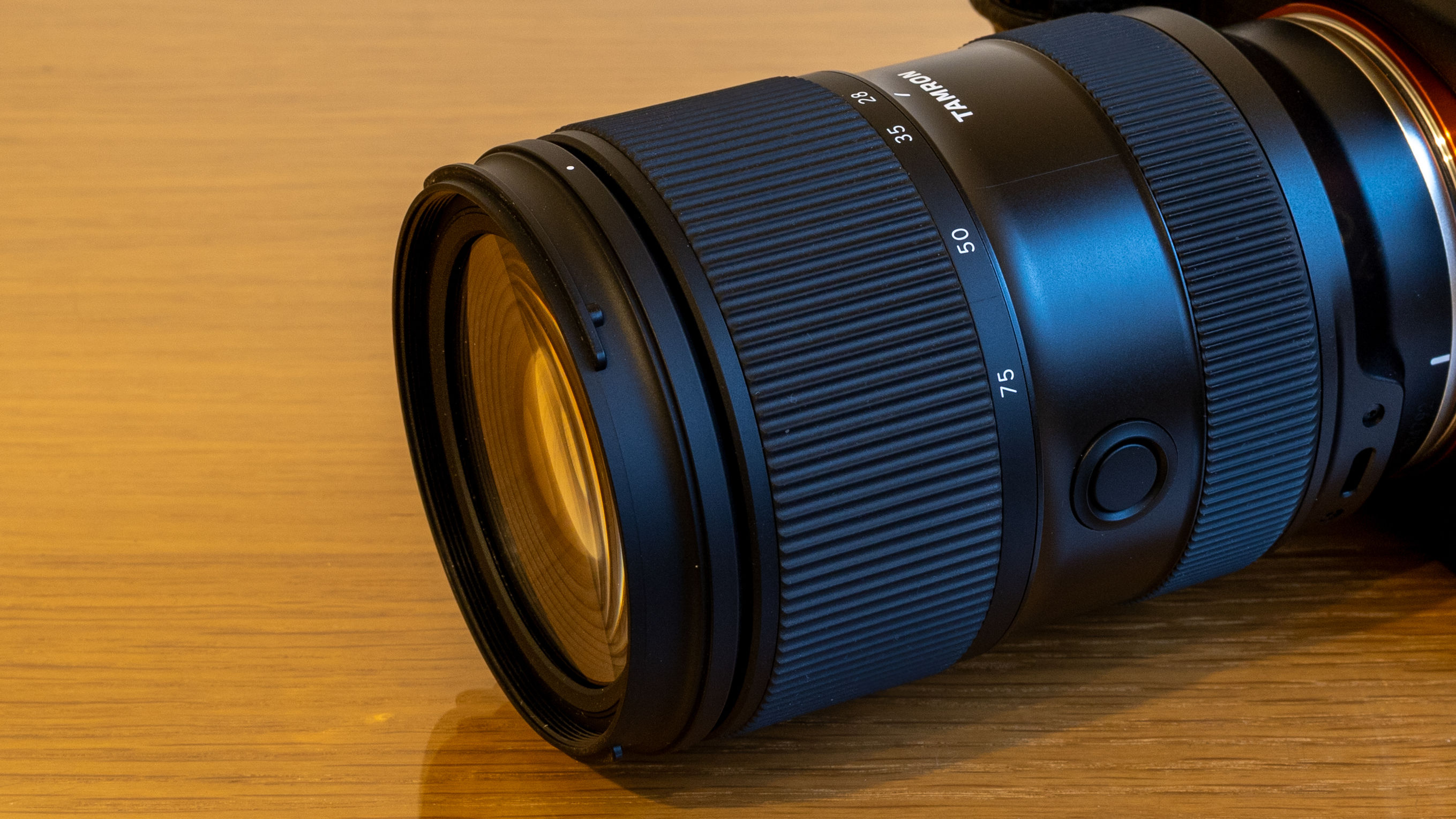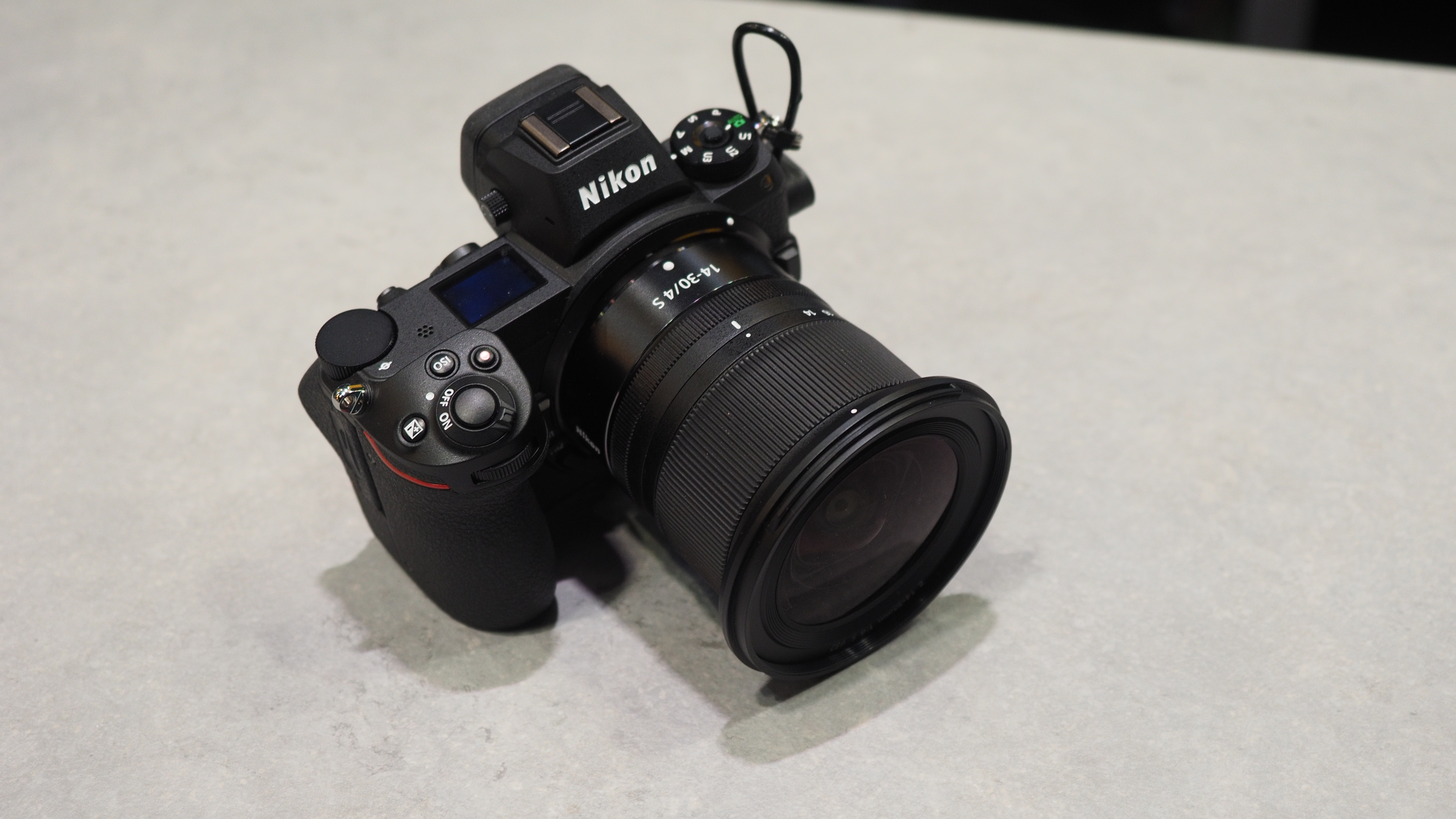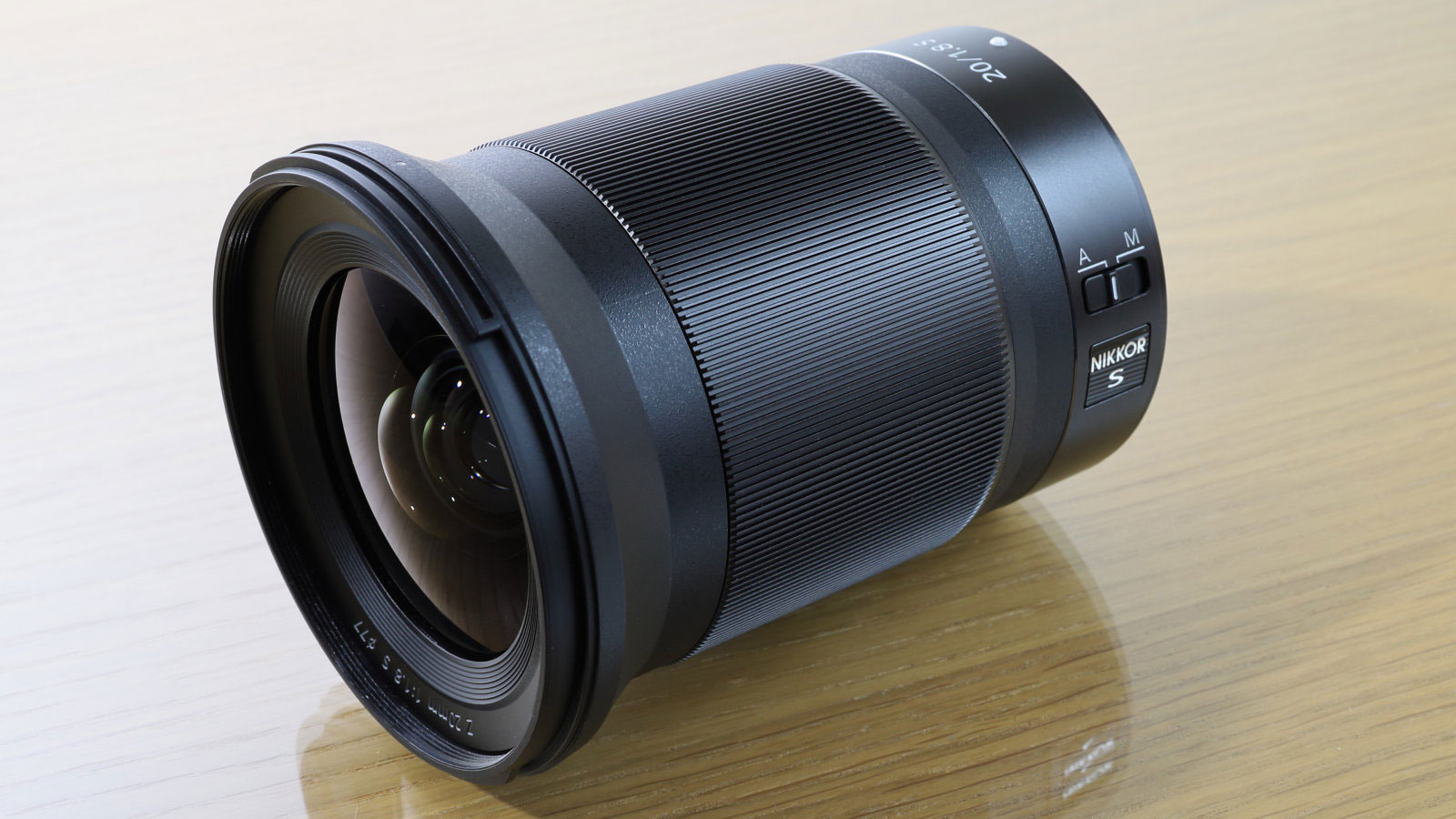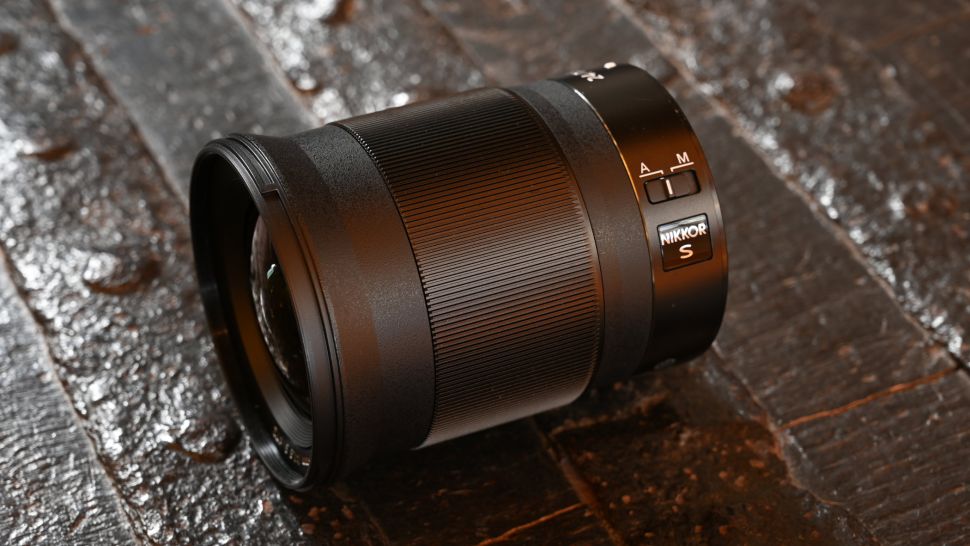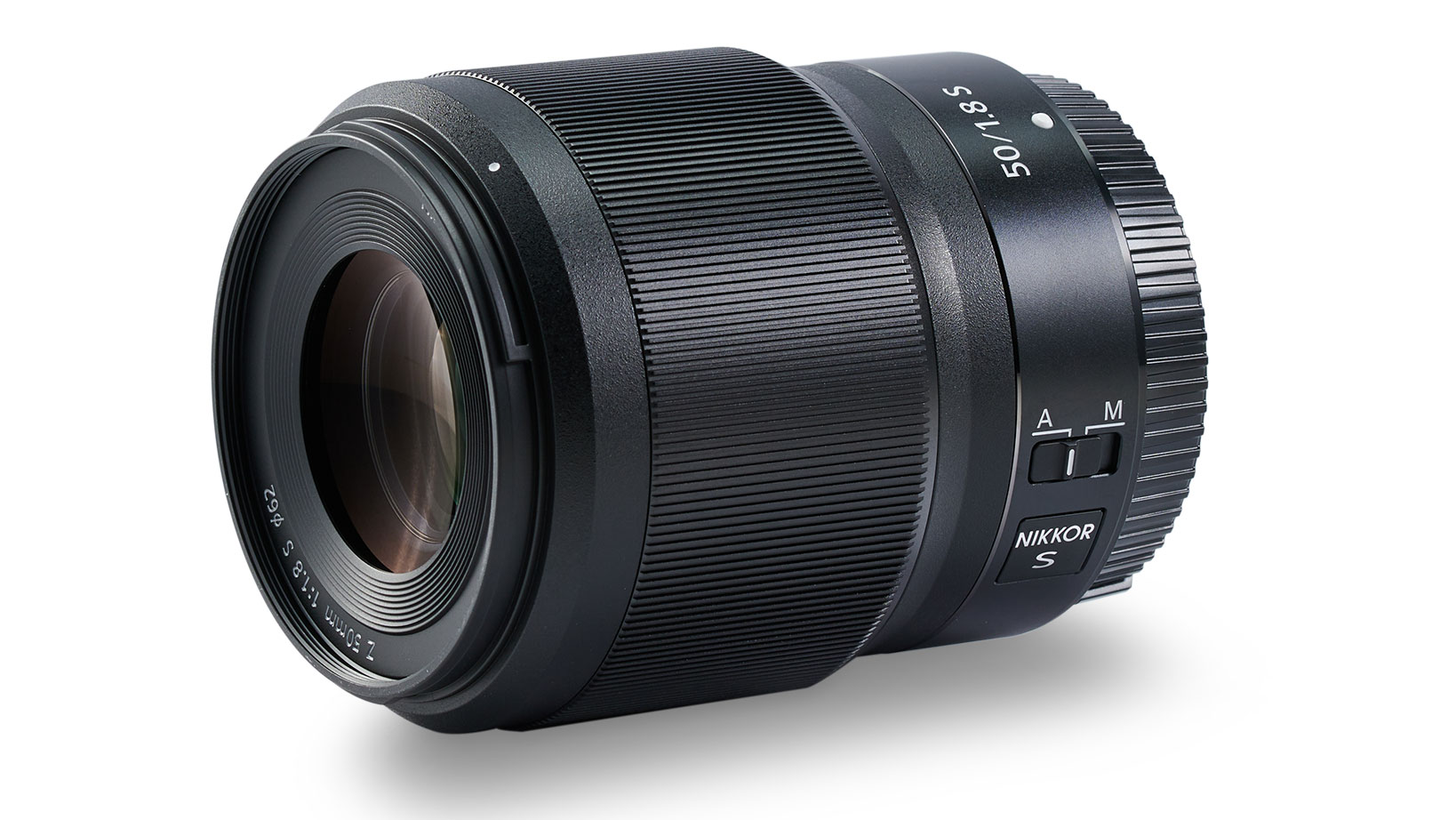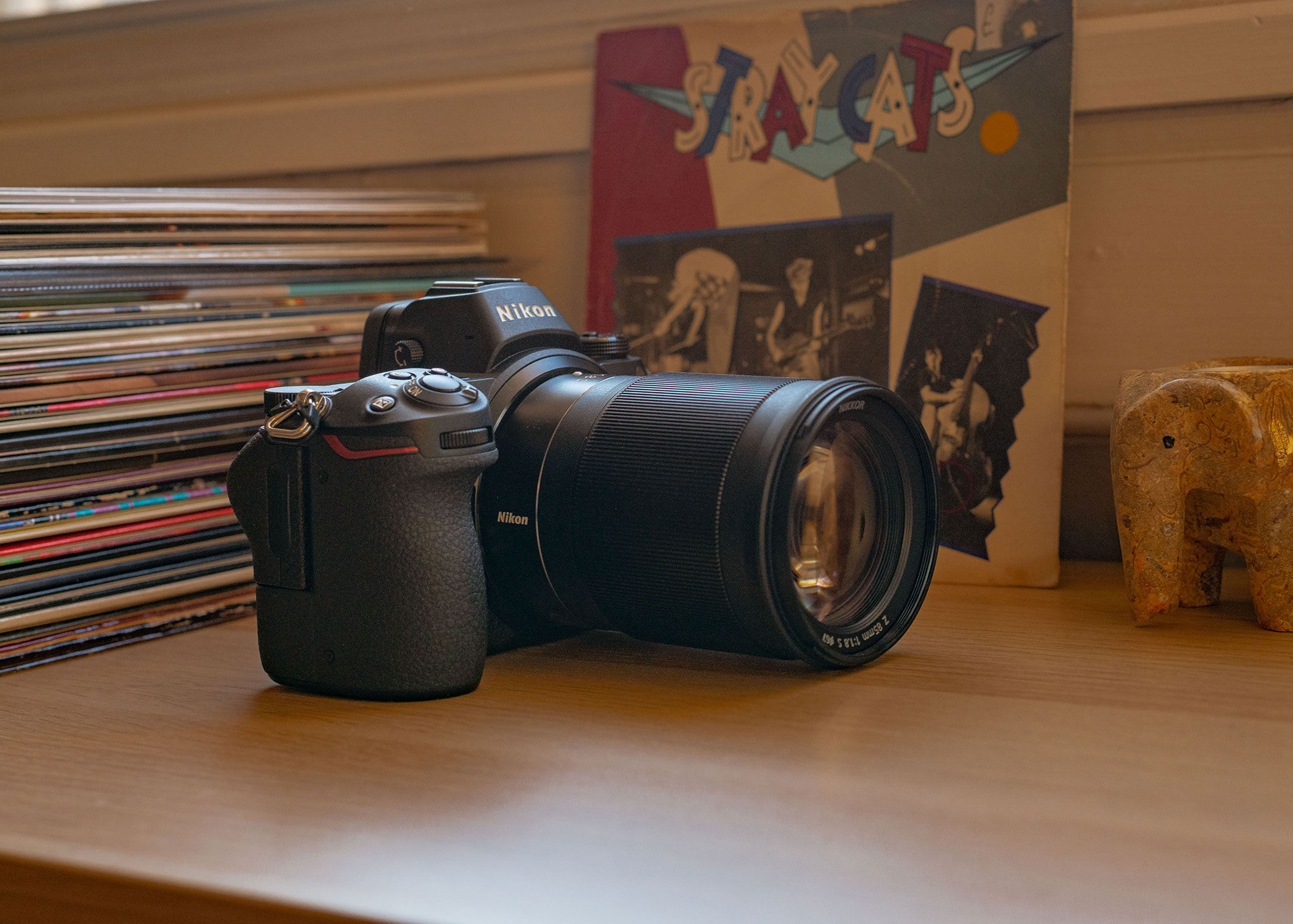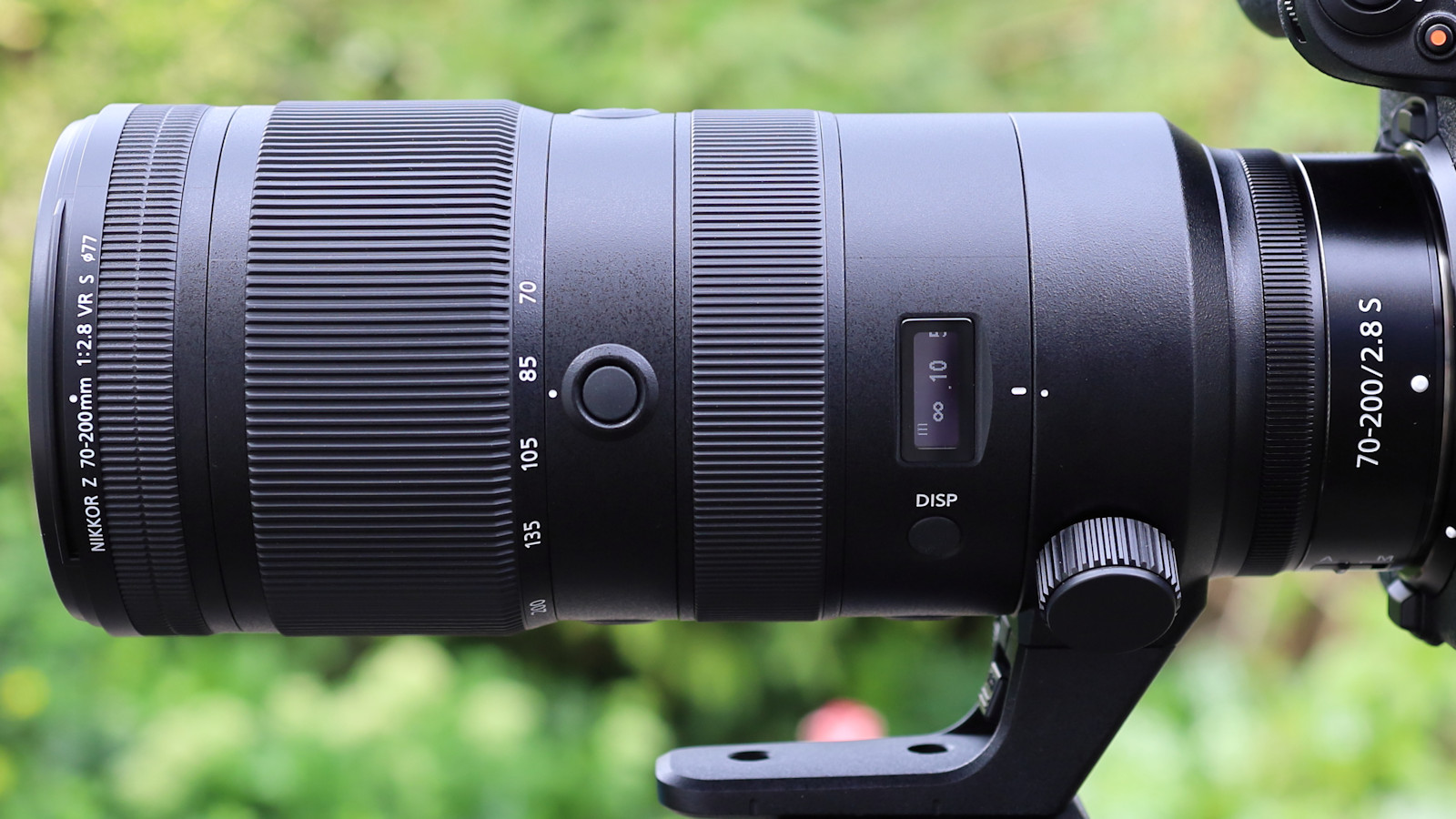The best lenses for the Nikon Z7 II (and Z7) in 2025: make the most of all those megapixels with quality glass
I think these are the best lenses for the Nikon Z7 II and original Z7 right now, blending versatility, performance, and value
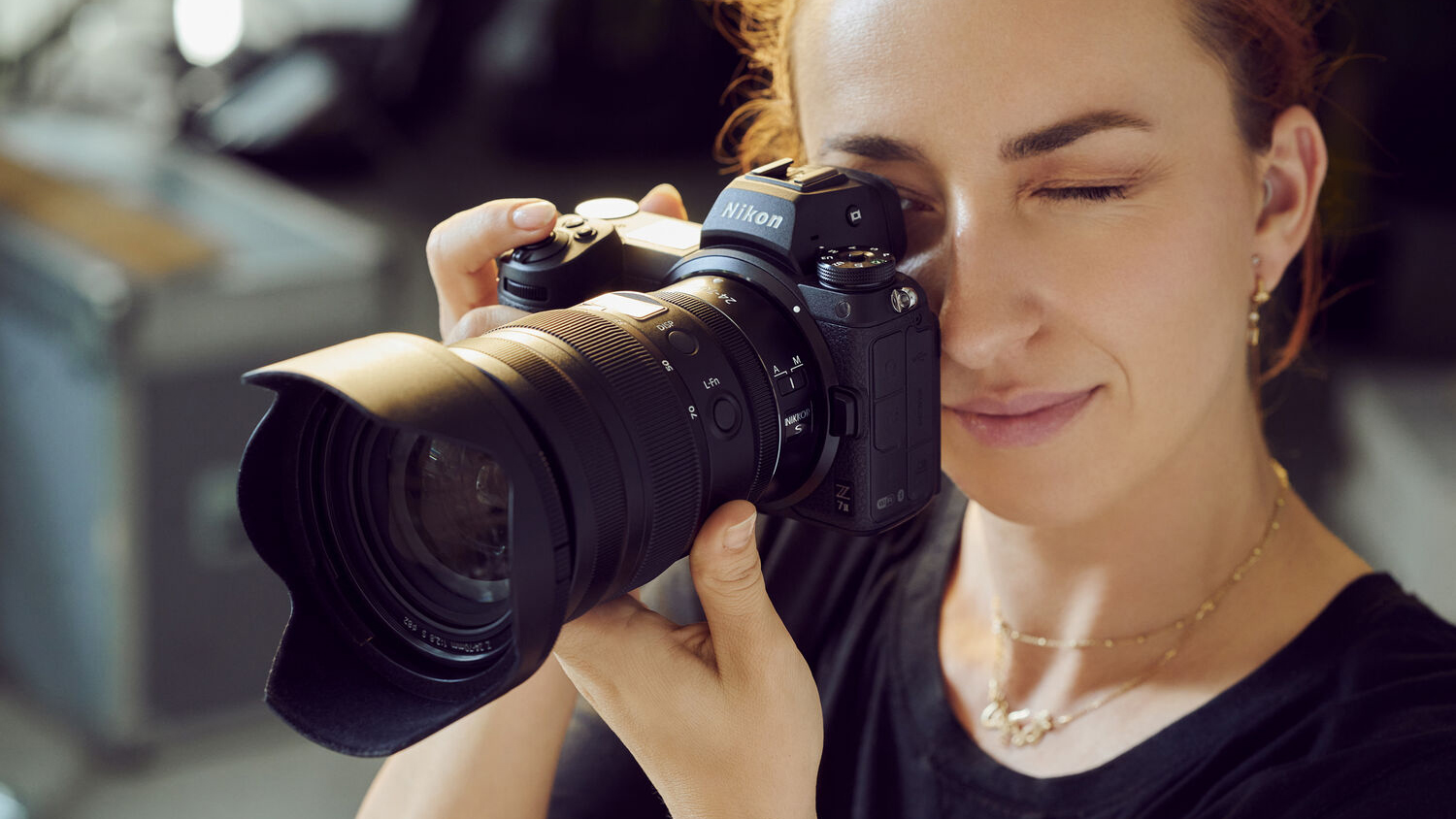
The Nikon Z camera line-up has expanded! The Nikon Z9 and Z8 are now the flagship models, and the Nikon Z7 II is no longer king of the hill. But it matches both these cameras for resolution and at a much lower price, so my list of the best lenses for the Nikon Z7 II keeps this firmly in mind. I'm looking for performance, for sure, but also a realistic price point to match the cost of this camera.
The Nikon Z7 II is certainly not a second-division camera, just because the Nikon Z9 and Z8 have come along. It's still one of the best Nikon cameras to buy, not to mention one of the best mirrorless cameras all round. If you still want to take a money-no-object approach to choosing lenses for the Z7 II, you should head straight over to our guide to the best lenses for the Nikon Z9 and Z8. We stand by all these choices for Z7 II owners who only want the best. Its predeessor, the Z7 is virtually the same camera, but with a single rather than dual card slots, and a marginally slower shooting rate, so my recommendations throughout this guide go for the earlier camera, too.
But the costs will ramp up very quickly, and given that the Z7 II is now the 'affordable' high-resolution Nikon Z, here I wanted to pick a set of great lenses that are also realistically priced. In other words, you get near-as-dammit the same professional performance, but without the high-end outlay.
There is only one telephoto zoom in this guide, but it's a good one. I reckoned that most people would not use the Z7 II as a sports camera, but as a more all-round landscape/travel/social photography tool – but if it's wildlife and sports that you're interested in, our guide to the best lenses for the Nikon Z9 and Z8 has a couple of great longer-range options that won't break the bank.

Matthew Richards is a photographer and journalist who has spent years using and reviewing all manner of photo gear. He is Digital Camera World's principal lens tester and a Nikon aficionado, and has personally handpicked all the lenses in this guide as perfect companions to the Nikon Z7 II and the original Z7.
The Quick List
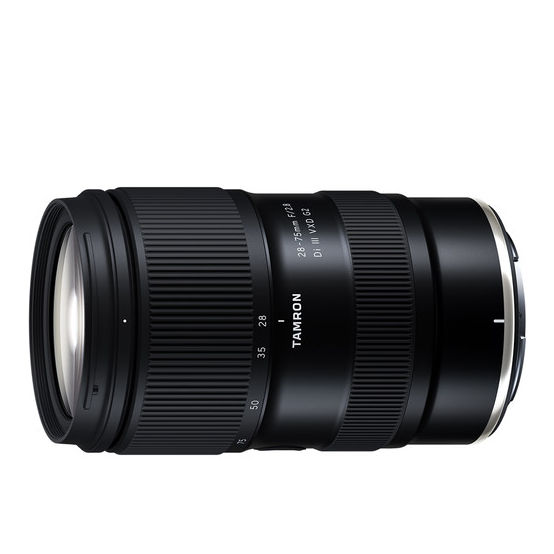
The ‘Generation 2’ of this superb Tamron lens takes everything up a notch, and adds Nikon Z to its fit list.
Read more below…
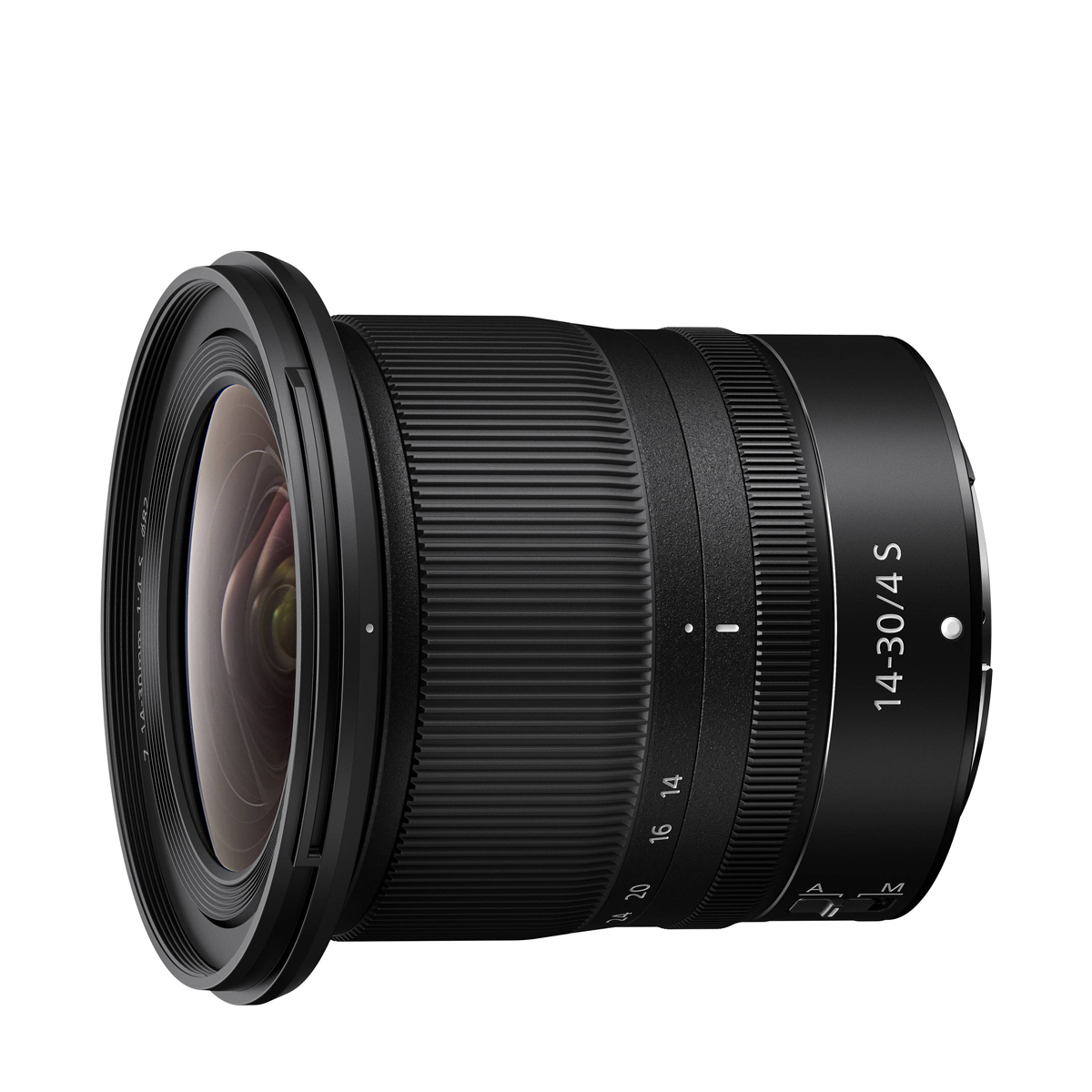
There’s a good choice of wide-angle Nikon Z lenses, but the 14-30mm is an affordable option with stunning sharpness.
Read more below…

I reckon 20mm is a great focal length for landscapes and interiors, and this 20mm prime is able to cope with low light too.
Read more below…
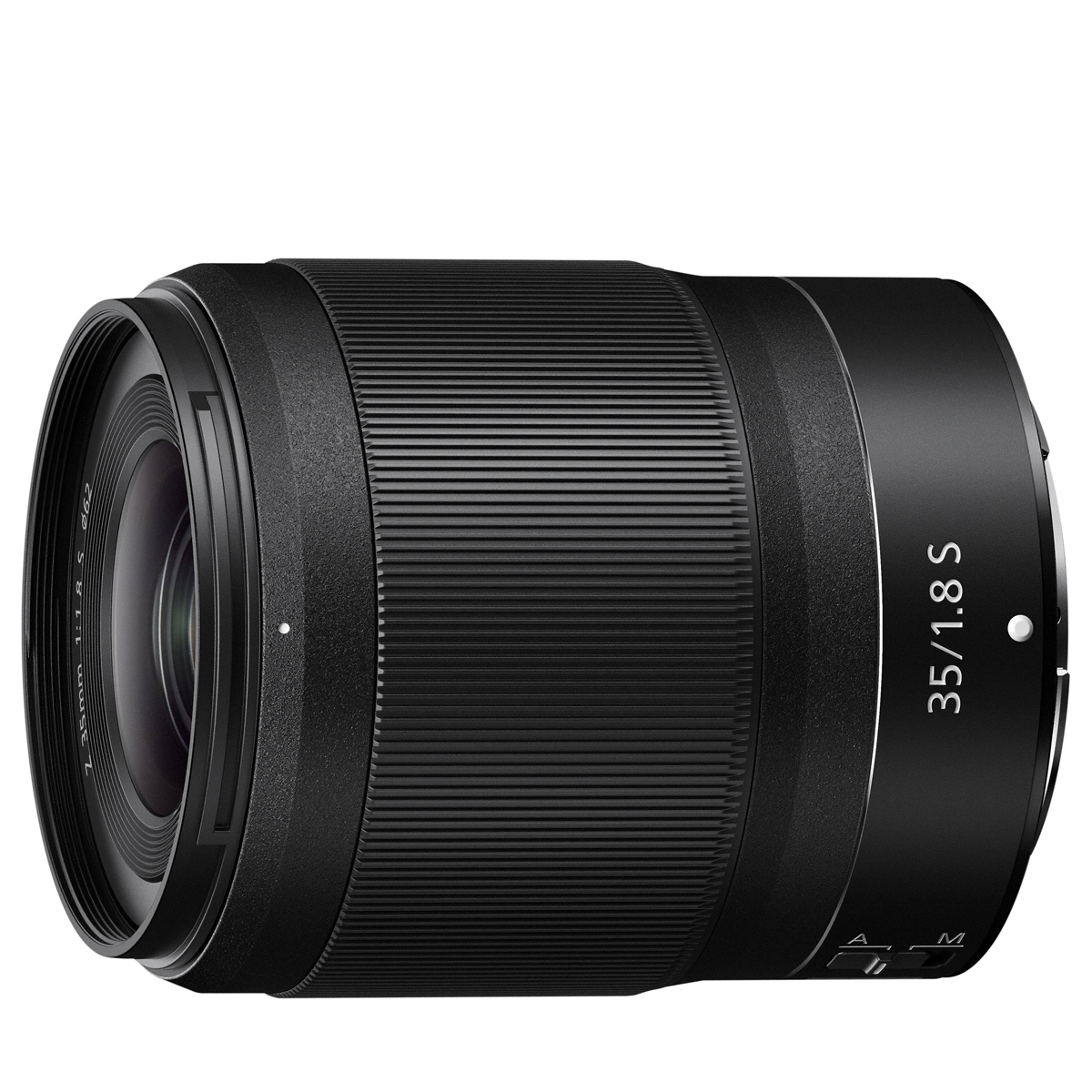
This 35mm is one of a Nikon f/1.8 prime lens series that delivers strong performance at an attractive price point.
Read more below…
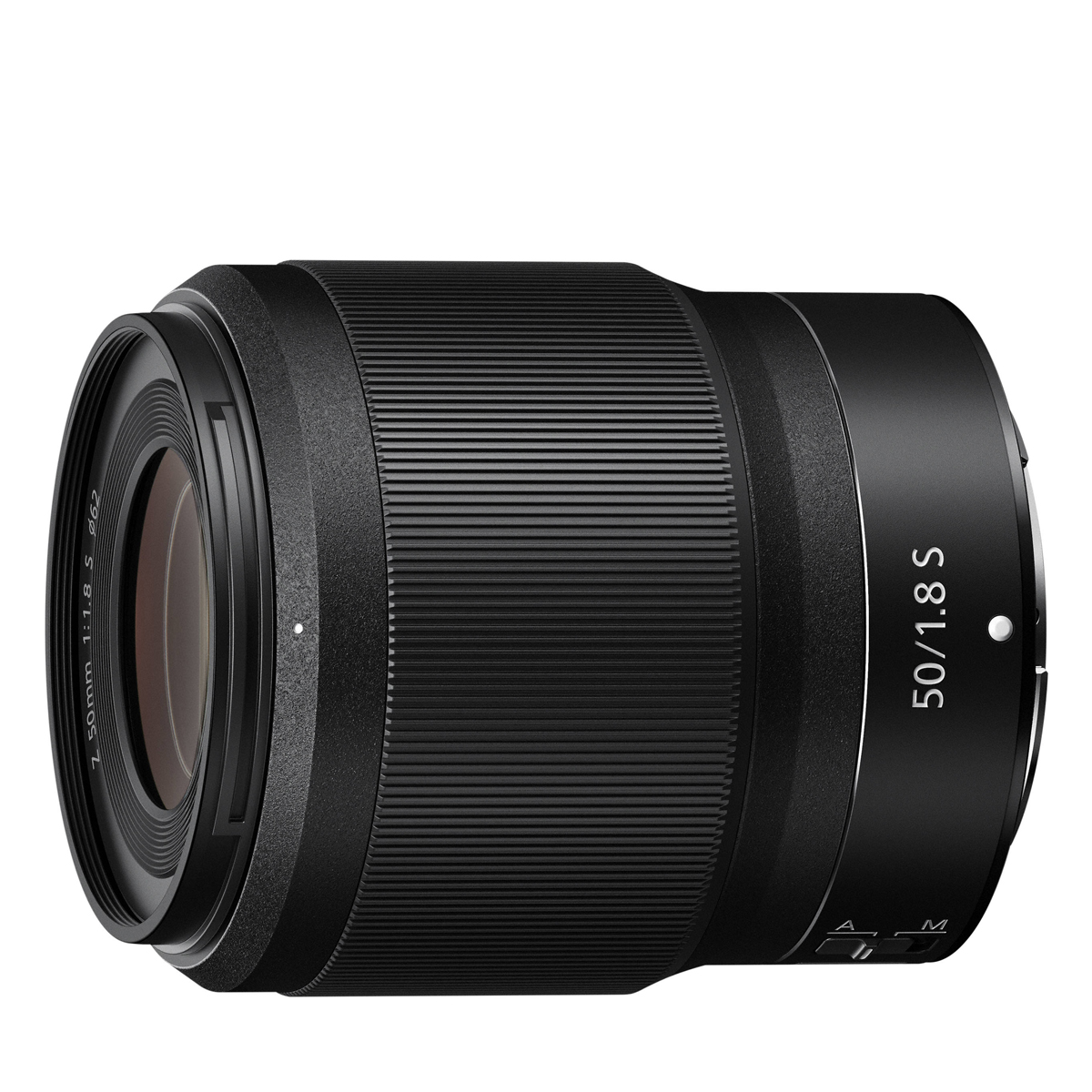
This focal length is a favorite of many photographers, and this option shows why, with terrific sharpness in the frame center.
Read more below…
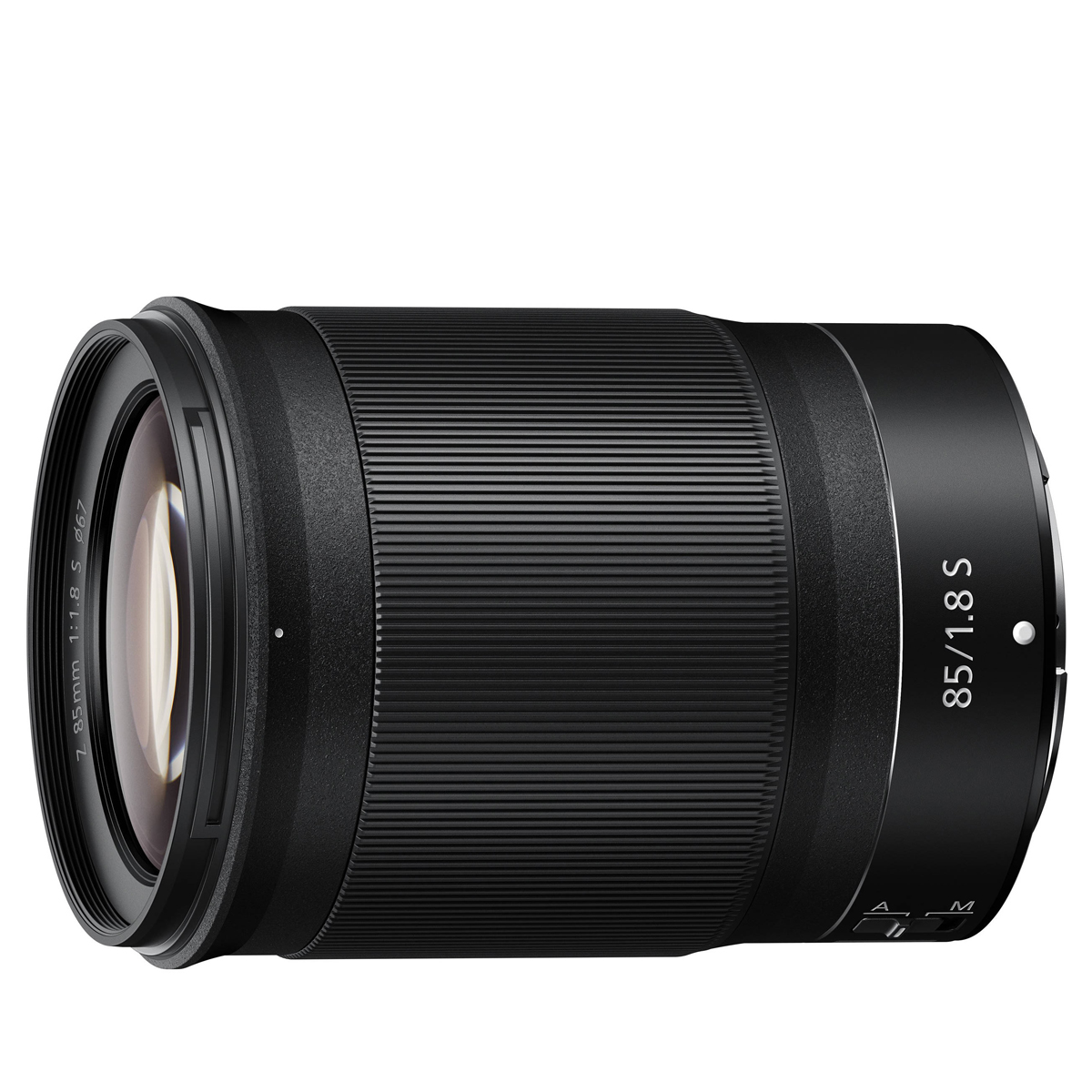
This is a winning focal length for distortion-free faces, and this prime combines excellent sharpness with pleasing background blur.
Read more below…
View the full list ⤵
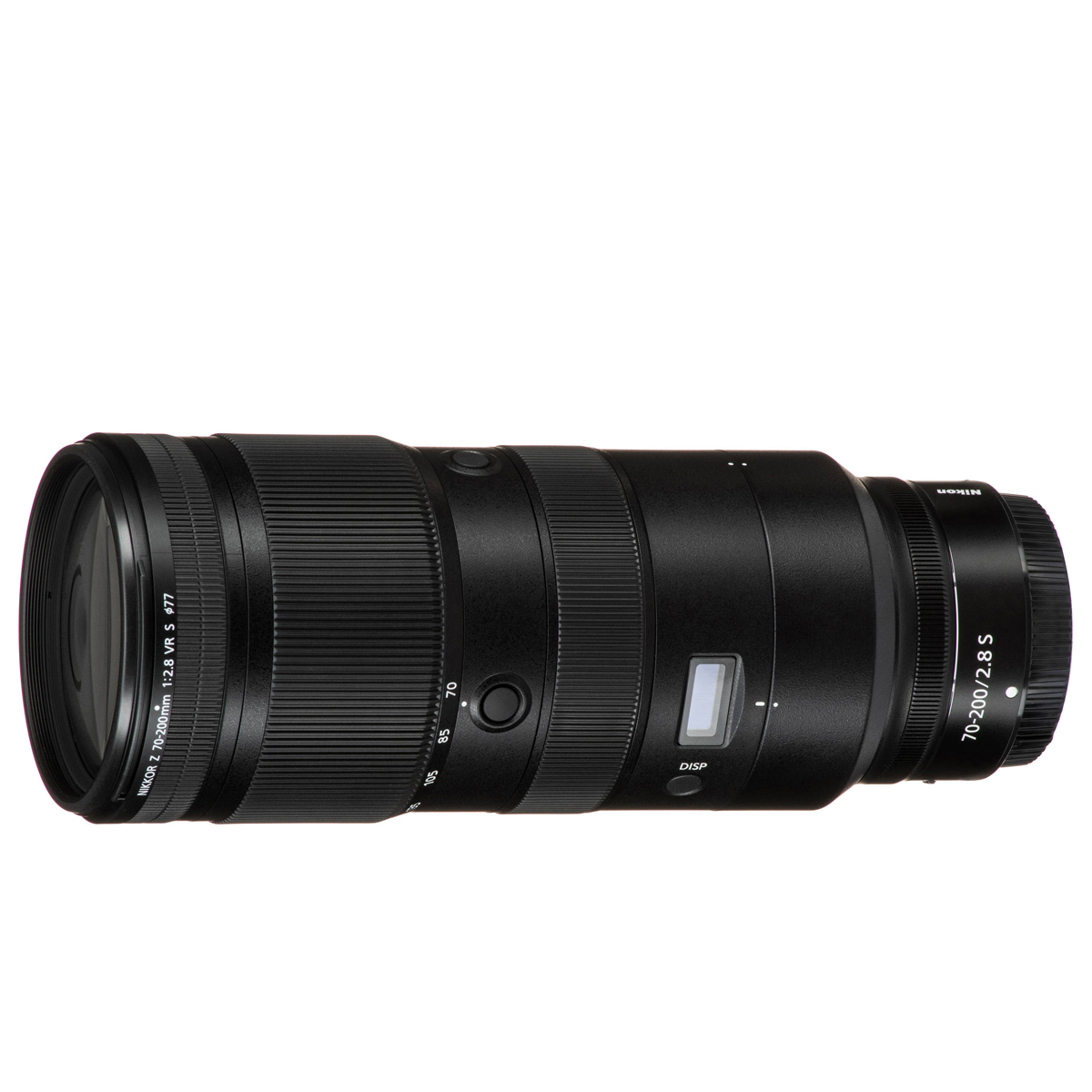
This zoom is somewhat of an investment, but its image quality is so good that you’ll get value from the lens for many years.
Read more below…
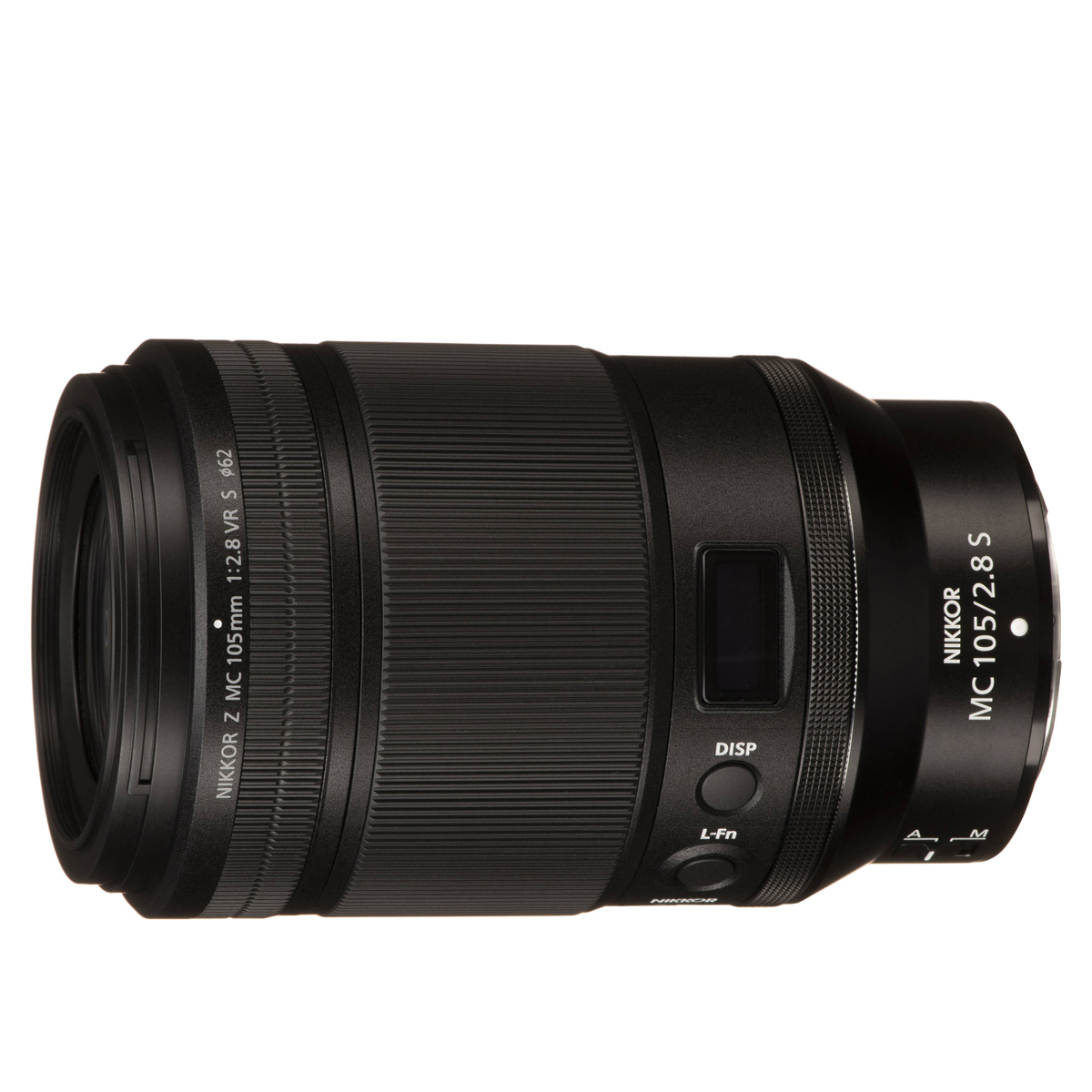
There’s a cheaper 50mm macro from Nikon, but this option gives you superior sharpness and a shorter working distance.
Read more below…
Best lenses for the Nikon Z7 II
Why you can trust Digital Camera World
Best everyday lens for the Z7 II
Specifications
Reasons to buy
Reasons to avoid
Nikon liked the original version of this lens so much that it made its own version with a Nikon badge on it. However, the original Tamron lens was never made in Nikon Z mount, only in Sony E mount. The ‘Generation 2’ Tamron comes in both flavors and is a significant upgrade. A new optical layout increases resolution and all-round image quality, the autofocus system is twice as fast, there’s more tactile feedback from the zoom and focus rings, and a customizable function button has been added.
That’s all great news but what made the original Tamron (and Nikon) lens such a hit remains just as attractive in the G2 edition. The fast and constant f/2.8 aperture rating makes this a viable alternative to a ‘trinity’ standard zoom and while it doesn’t go quite as wide-angle as a 24-70mm lens, you gain marginally more telephoto reach. And the best bit is that it’s comparatively compact, lightweight and affordable, compared with typical trinity standard zooms.
Read more: Tamron 28-75mm f/2.8 Di III RXD G2 review
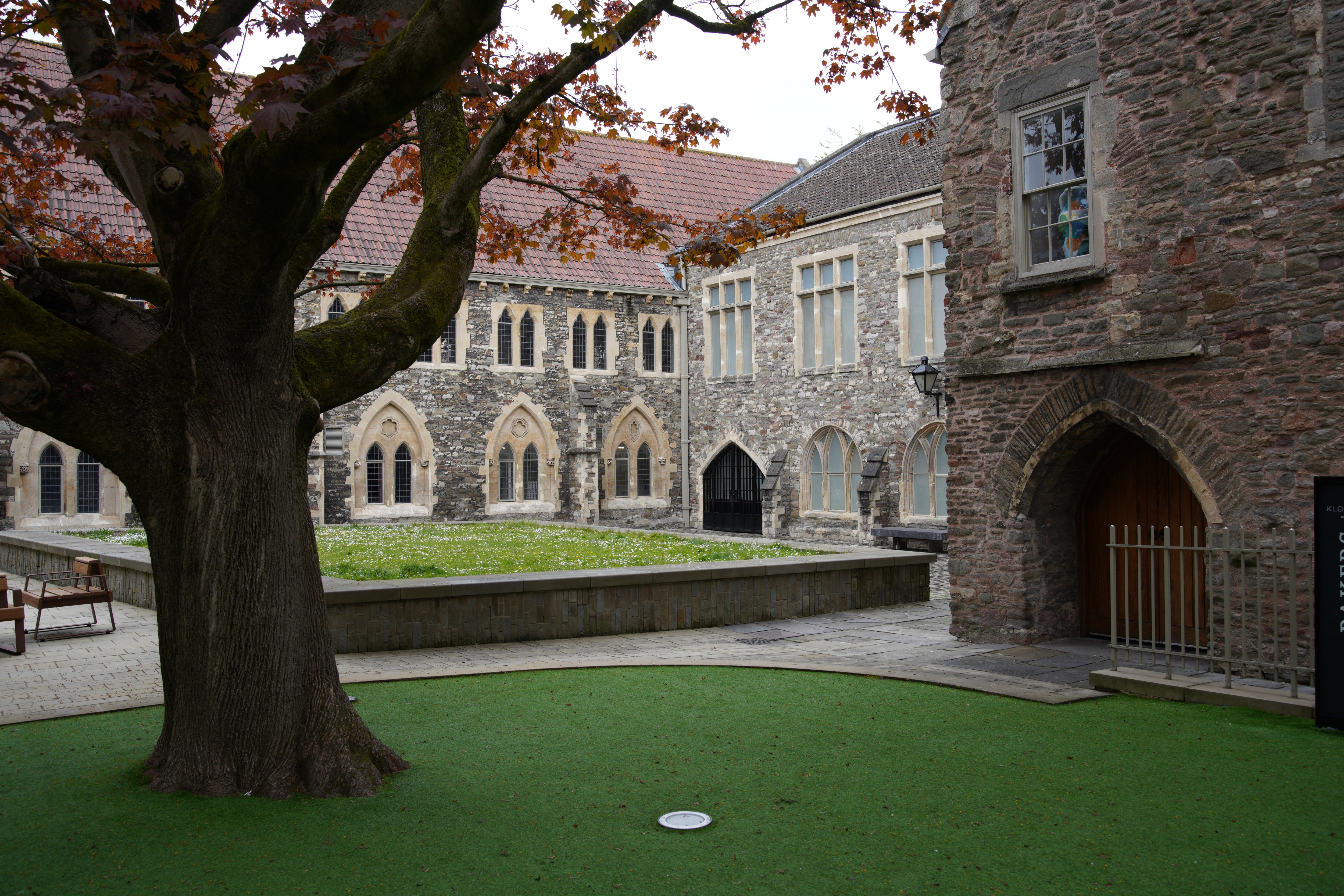
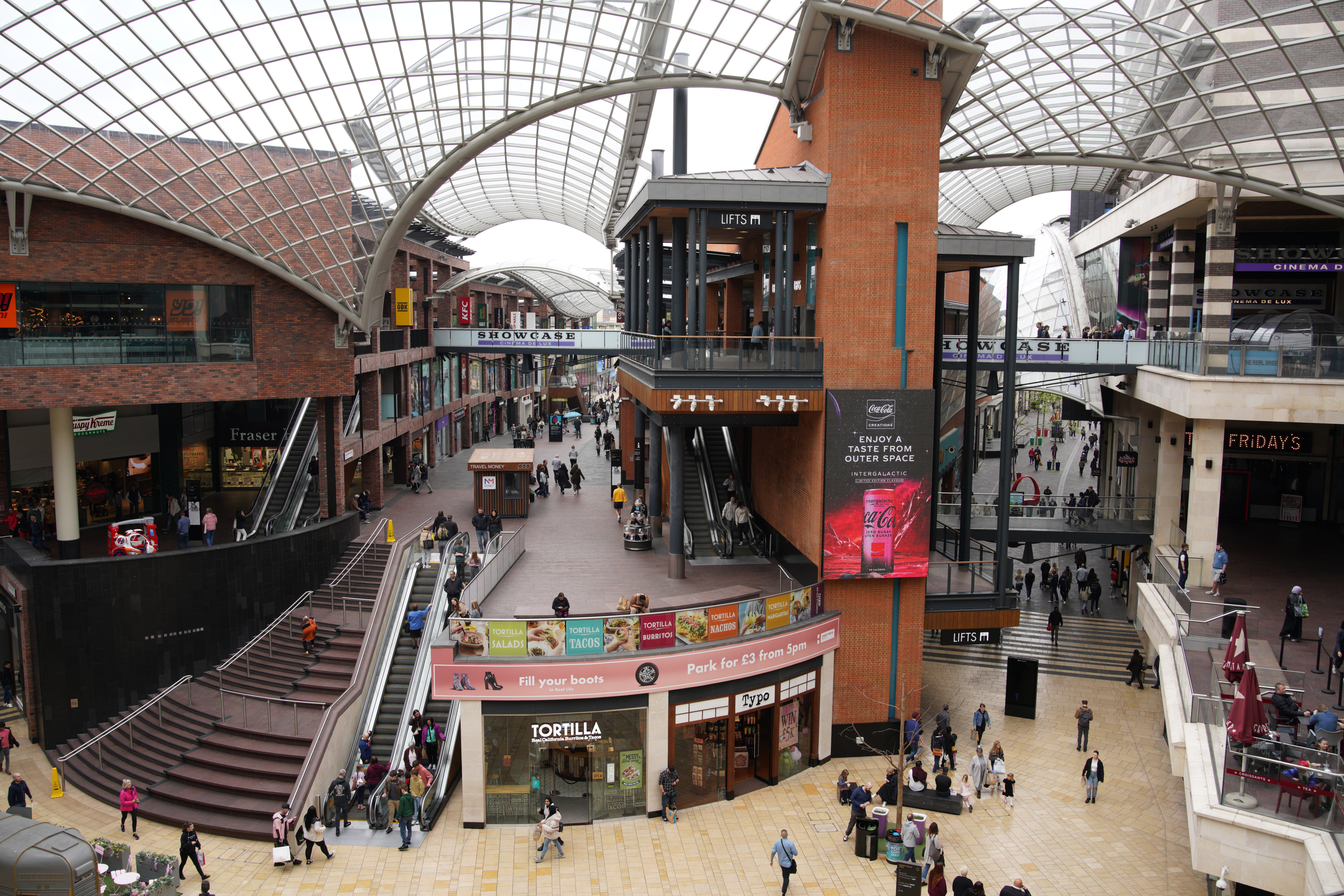
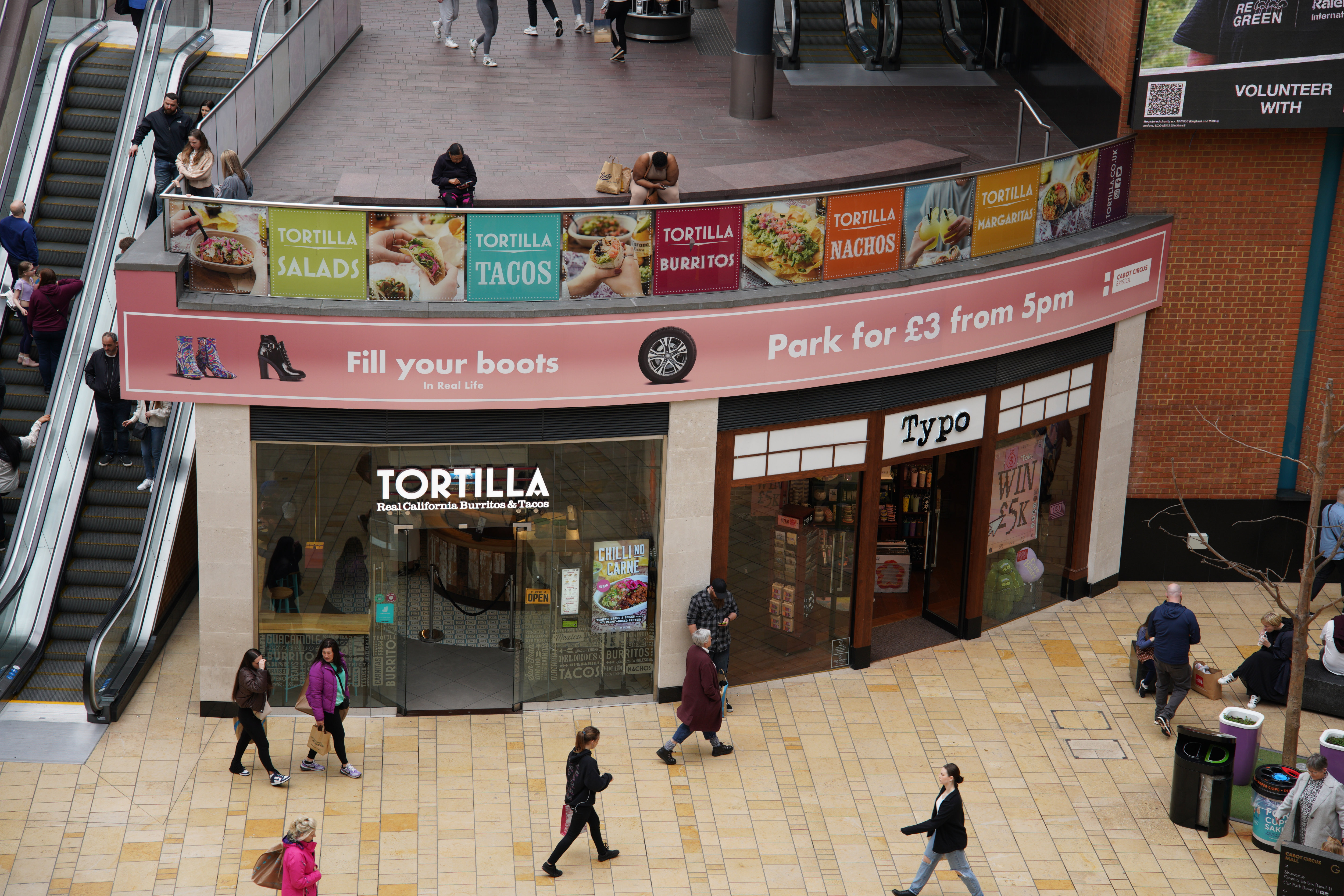
Features ★★★★★ | This alternative ‘trinity’ f/2.8 standard zoom features a voice-coil autofocus system and customizable L-fn button. |
Design ★★★★★ | Build quality feels very robust and features extensive weather-seals, although optical stabilization is omitted. |
Performance ★★★★★ | Levels of sharpness are excellent throughout the zoom range, although there’s a reliance on automatic in-camera corrections for color fringing and distortions. |
Value ★★★★★ | It’s much less expensive than typical ‘trinity’ standard zooms and top value for money. |
Best wide-angle zoom lens for the Z7 II
Specifications
Reasons to buy
Reasons to avoid
This is an early Nikon Z lens that's been somewhat eclipsed by the later Nikon Z 14-24mm f/2.8 S and Nikon Z 17-28mm f/2.8, because of their faster maximum aperture. But the newer 14-24mm pro lens costs significantly more than the Z 14-30mm f/4 S and has a shorter zoom range, while the 17-28mm f/2.8 costs no more, but is a physically longer lens that doesn't go as wide.
So I'm sticking with the 14-30mm f/4 as my top tip for an ultra-wide zoom that's portable, affordable and practical; it can even take filters on the front. It’s small and light, and delivers stunning sharpness right into the corners, and even at f/4.
Read more: Nikon Z 14-30mm f/4 S review
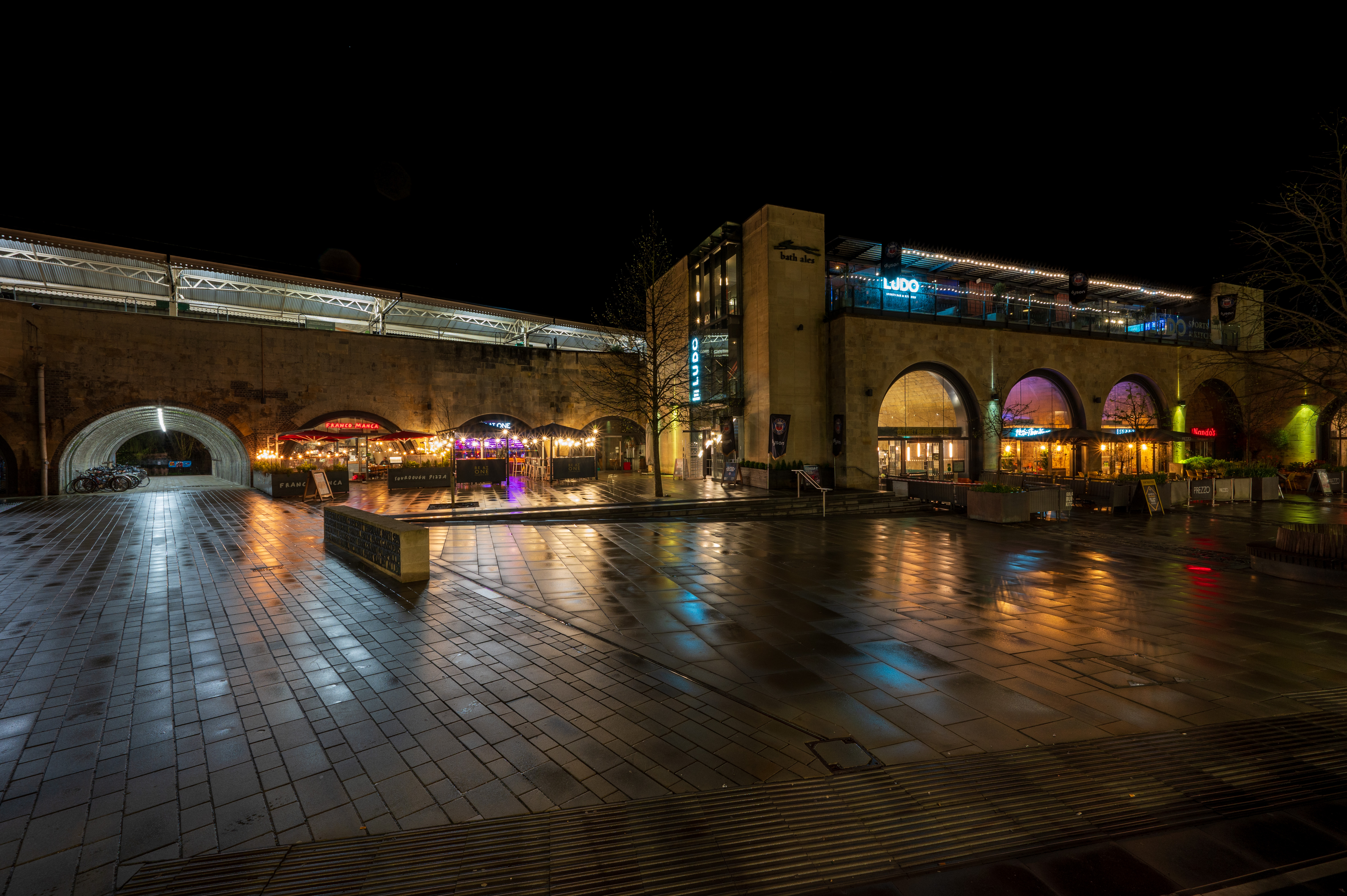
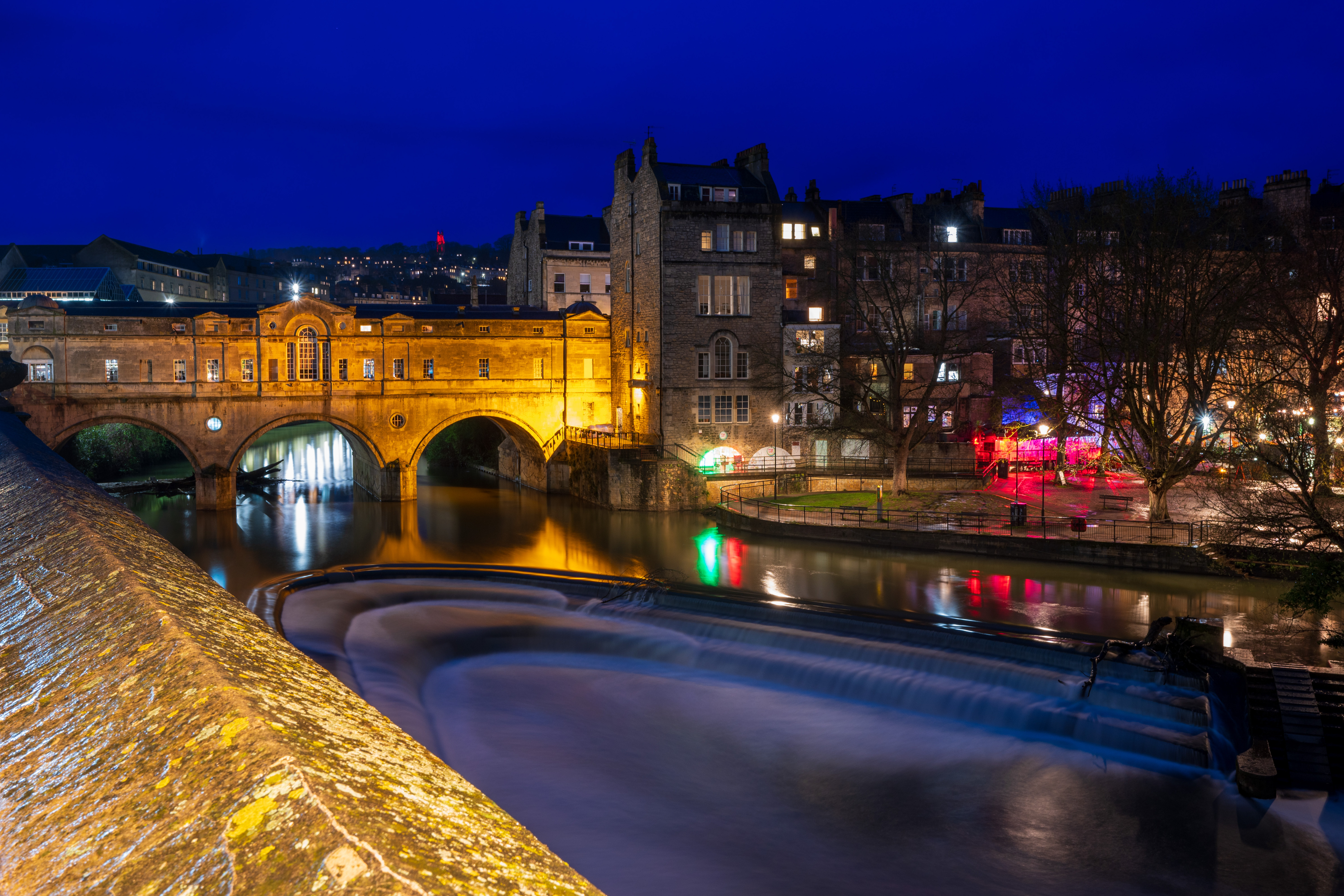
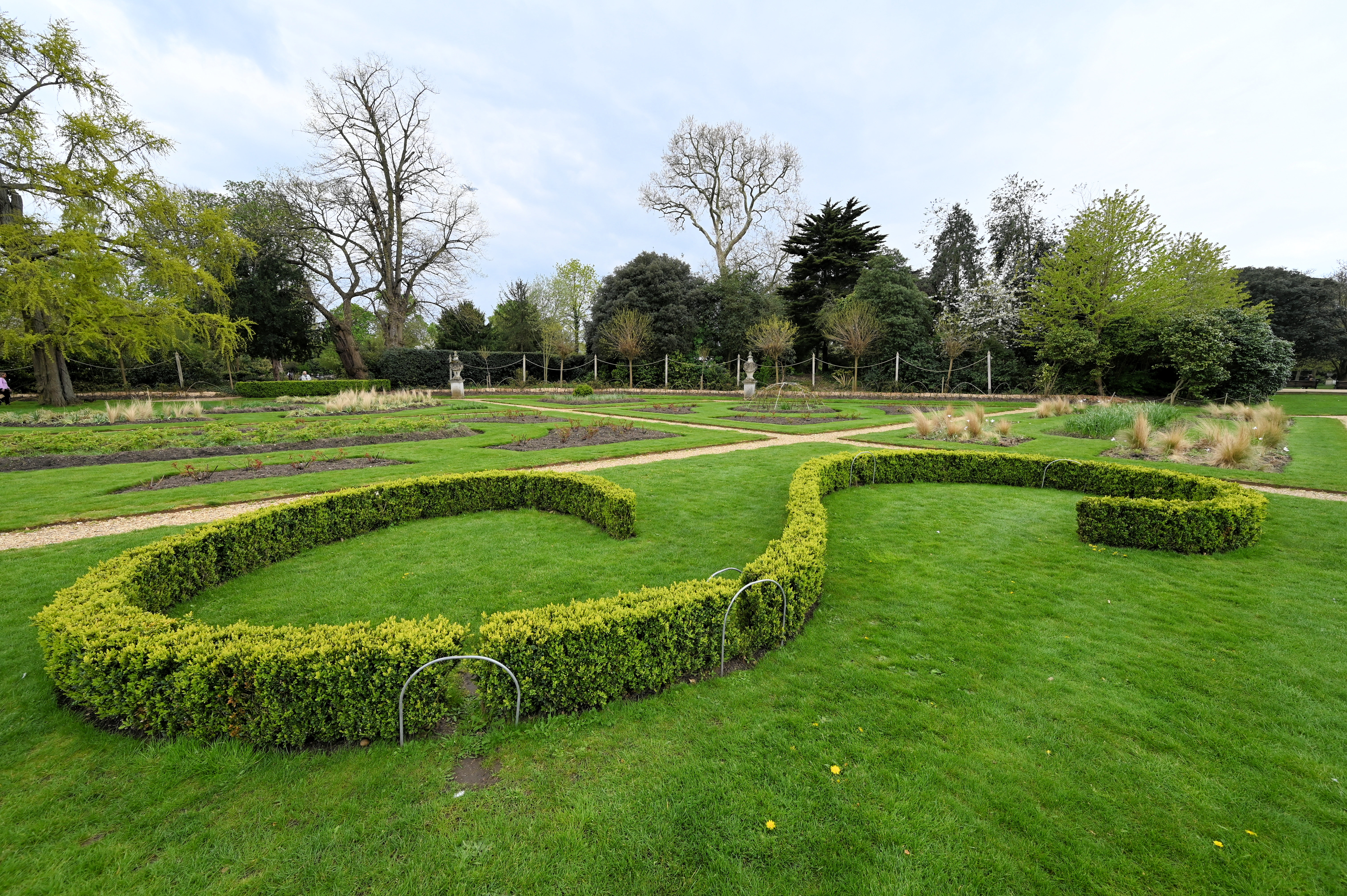
Features ★★★★★ | The removable hood enables easy use of filters, and there’s a lot of up-market glass and Nano Crystal Coat. |
Design ★★★★★ | Stowage size is kept to a minimum thanks to a neat retractable design. An A/M focus mode switch is also fitted. |
Performance ★★★★★ | The lens delivers superb sharpness and clarity, right out to the extreme edges and corners of the frame. |
Value ★★★★★ | It’s great value for such a high-performance lens, if you don’t feel the need for a ‘trinity’ f/2.8 zoom. |
Best wide-angle prime lens for the Z7 II
Specifications
Reasons to buy
Reasons to avoid
There's a few f/1.8 prime lenses in this guide, but this one could be the most useful. At first glance, the Nikon Z 20mm f/1.8 S might look like an 'in-between' lens that doesn't go as wide as Nikon's ultra-wide zooms. But hold on – you may find 20mm is the ideal focal length for a lot of travel, architecture and landscape photography, with a significantly wider angle of view than a regular standard zoom, without the extreme perspective distortion and convergence of a 14mm or 16mm lens – it can be a challenge getting architectural subjects straight with more extreme lenses.
On top of that, the Z 20mm has a much faster f/1.8 maximum aperture than any zoom, making it especially good for night shots and interiors. Optically, it's excellent, with pretty exceptional edge-to-edge sharpness, even wide open.
Read more: Nikon Z 20mm f/1.8 S review

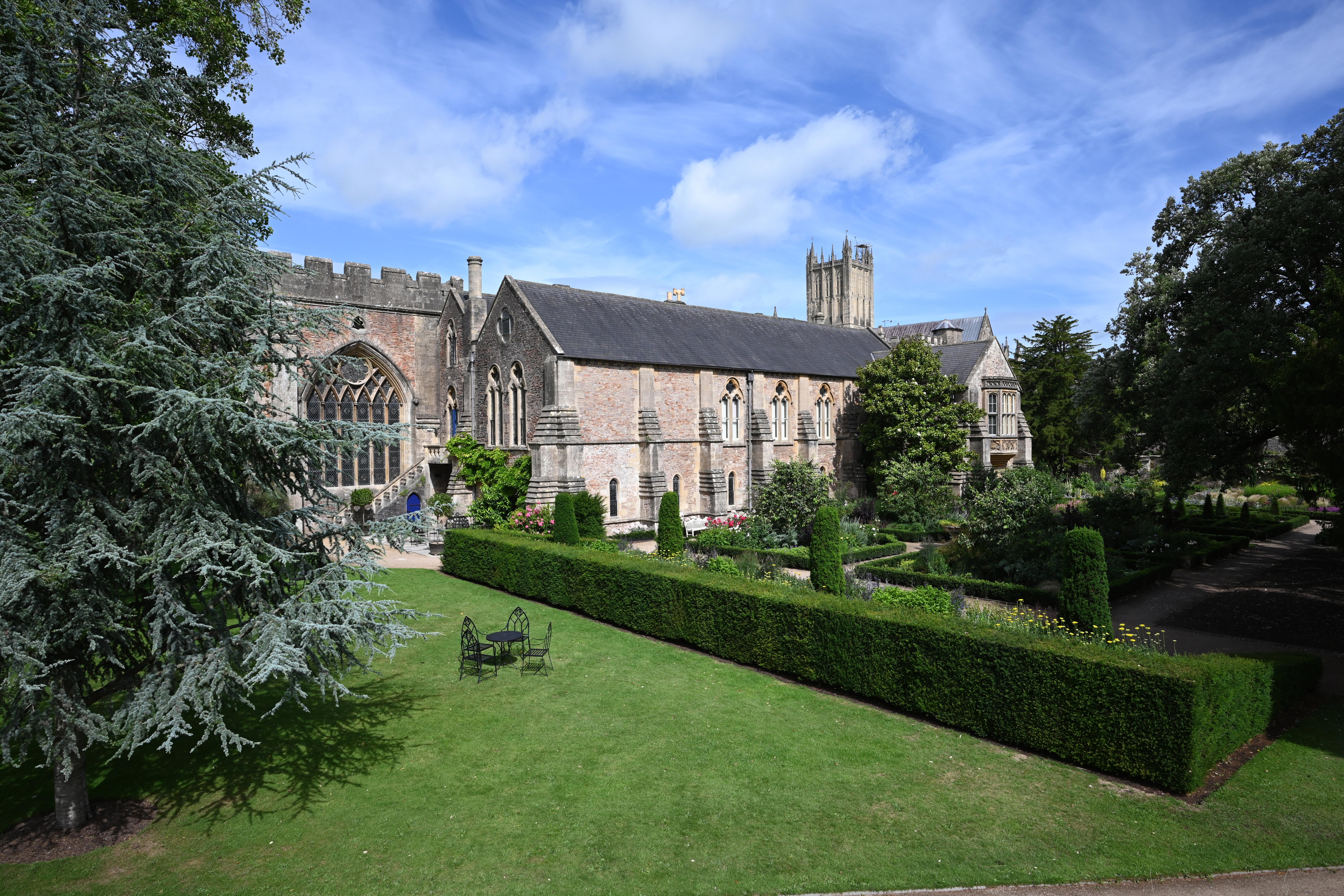
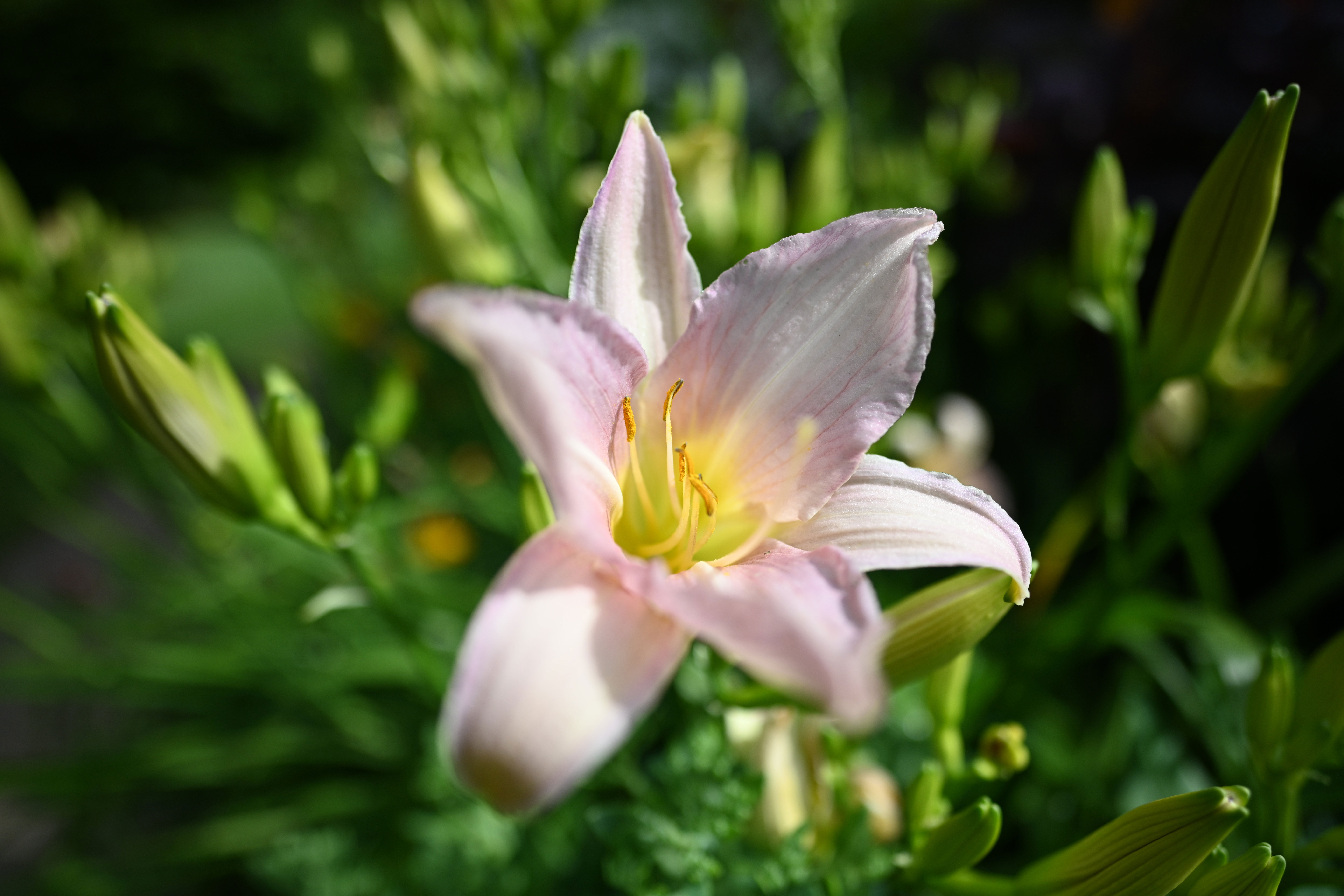
Features ★★★★★ | The high-end optical path includes 3 ED and 3 aspherical elements, plus Nano Crystal and Super Integrated coatings. |
Design ★★★★★ | The lens looks small and simple but offers a really wide perspective and has a tough weather-sealed build. |
Performance ★★★★★ | Fast and virtually silent autofocus comes with negligible focus breathing and there’s superb sharpness across the whole frame. |
Value ★★★★☆ | It’s pretty pricey for an f/1.8 prime but the performance justifies the expense. |
Best street photography lens for the Z7 II
Specifications
Reasons to buy
Reasons to avoid
This is another Nikon Z lens that bucks the trend, skipping the f/1.4 maximum aperture you might expect for a more modest f/1.8. It will make some difference to background blur and shutter speeds in low light, but it's only a 2/3-stop difference. Nikon has since launched a faster 35mm f/1.4 prime, but that one lacks up-market, S-line credentials.
Nikon's original decision to go with f/1.8 lenses is good for anyone who wants to combine value with performance. Like Nikon's other Z-mount primes, the Z 35mm f/1.8 S delivers excellent performance – it's extremely sharp wide open in the center of the frame, though the edges, while still good, don't quite catch up until around f/4.
Read more: Nikon Z 35mm f/1.8 S review
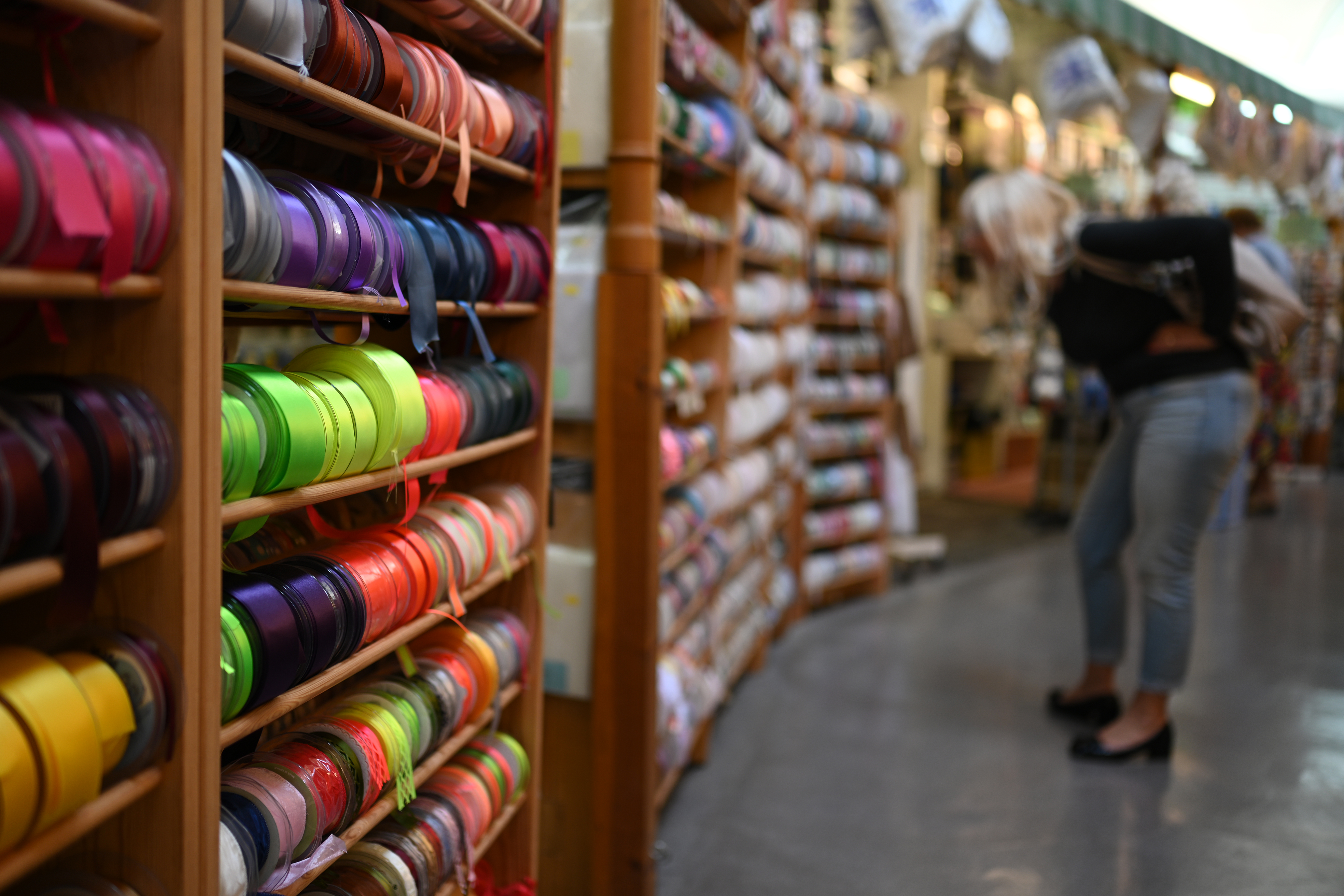
Features ★★★★☆ | Features include 2 ED and 3 aspherical elements, Nano Crystal Coat and Super Integrated Coating. |
Design ★★★★★ | The design is simple but highly effective, ideally suited to street photography and walkabout shooting. |
Performance ★★★★★ | Autofocus is fast and consistently accurate, while image quality is absolutely top-drawer in all respects. |
Value ★★★★☆ | It’s expensive for a 35mm f/1.8 lens but well worth the money, and it costs less than a third of the Z 35mm f/1.2. |
Best 50mm lens for the Z7 II
Specifications
Reasons to buy
Reasons to avoid
For photographers who like to keep a 'nifty fifty' in their camera bag, this is the ideal choice. It's a lot more expensive than the old Nikon AF-S 50mm f/1.8G DSLR lens, so it's not a cheap option, but it is very sharp in the center of the frame, and the edges catch up very well by about f/4 too.
If you want something even faster, there is of course the newer Nikon Z 50mm f/1.2 S, although it’s twice the size and more expensive, so it's definitely one for serious bokeh fans. There's also now an f/1.4 option but I would recommend the S-line Z 50mm f/1.8 S as the ideal all-rounder.
Read more: Nikon Z 50mm f/1.8 S review
Features ★★★★★ | Winning features include 2 ED and 2 aspherical elements, both Nano and Super Integrated coatings, and an A/M focus mode switch. |
Design ★★★★★ | It’s larger than the older f-mount 50mm f/1.8 but there’s a lot of quality and built into the lens and it includes weather-seals. |
Performance ★★★★★ | Image quality is really impressive for a 50mm f/1.8 prime, combining superb sharpness with really smooth bokeh. |
Value ★★★★☆ | It’s pricey for an f/1.8 standard prime but you get what you pay for. |
Best portrait lens for the Z7 II
Specifications
Reasons to buy
Reasons to avoid
The classic 'portrait' lens has become such a standard that every camera maker has one or, in Nikon's case, two. The 85mm focal length means a longer shooting distance that gives faces and people more natural proportions, while a fast maximum aperture allows attractive background blur.
The newer Nikon Z 85mm f/1.2 S is the ultimate Nikon Z portrait lens, but it's huge, heavy and very expensive, so I would still recommend the Nikon Z 85mm f/1.8 S for Z7 II and Z7 users. Even at f/1.8, you will still get strong background blur, and it's a lighter lens that will be easier to hold and use over longer periods. It's also one of Nikon's S-line lenses, so don't let the affordable price fool you – this lens delivers excellent optical performance.
Read more: Nikon Z 85mm f/1.8 S review
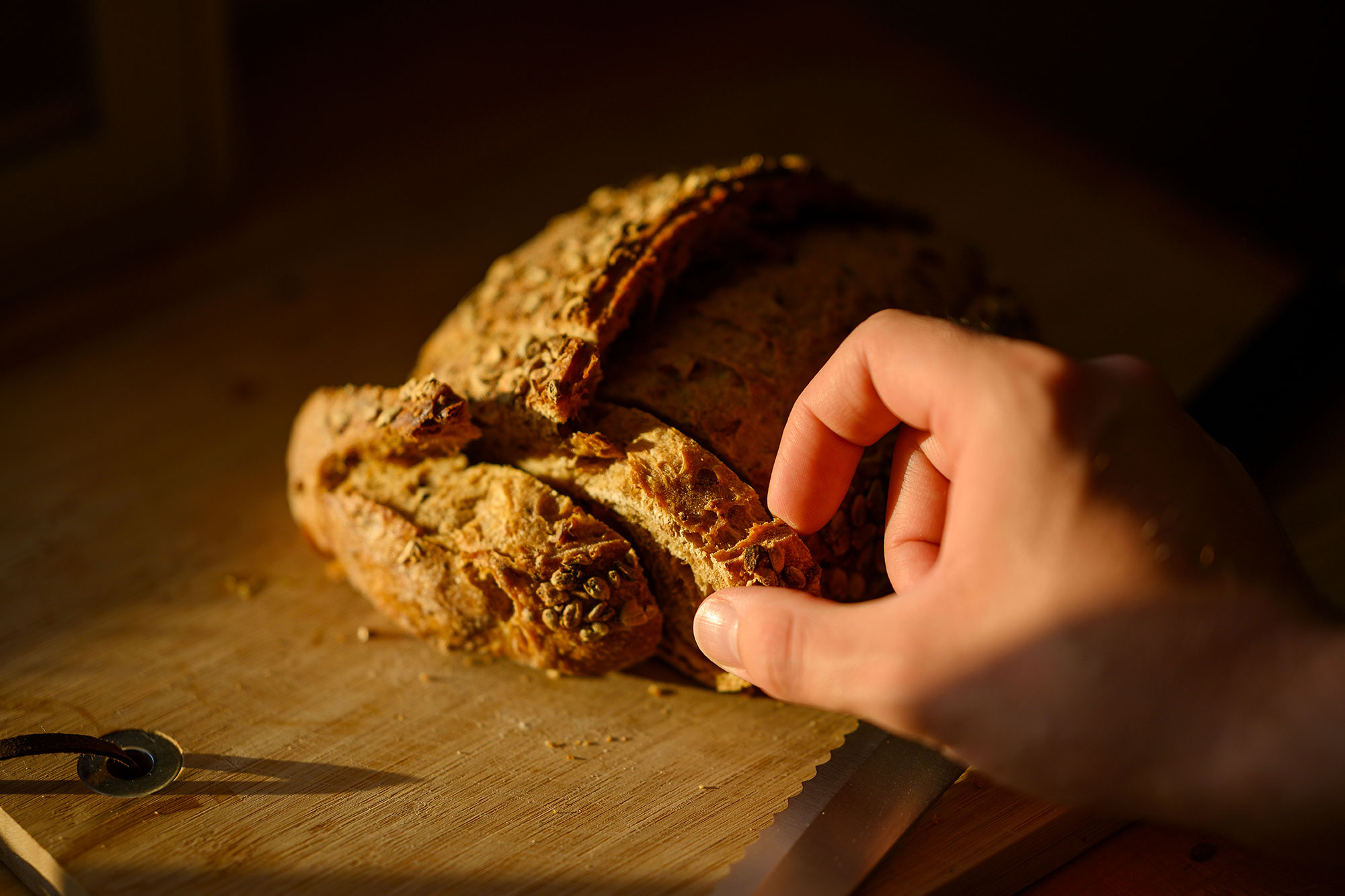
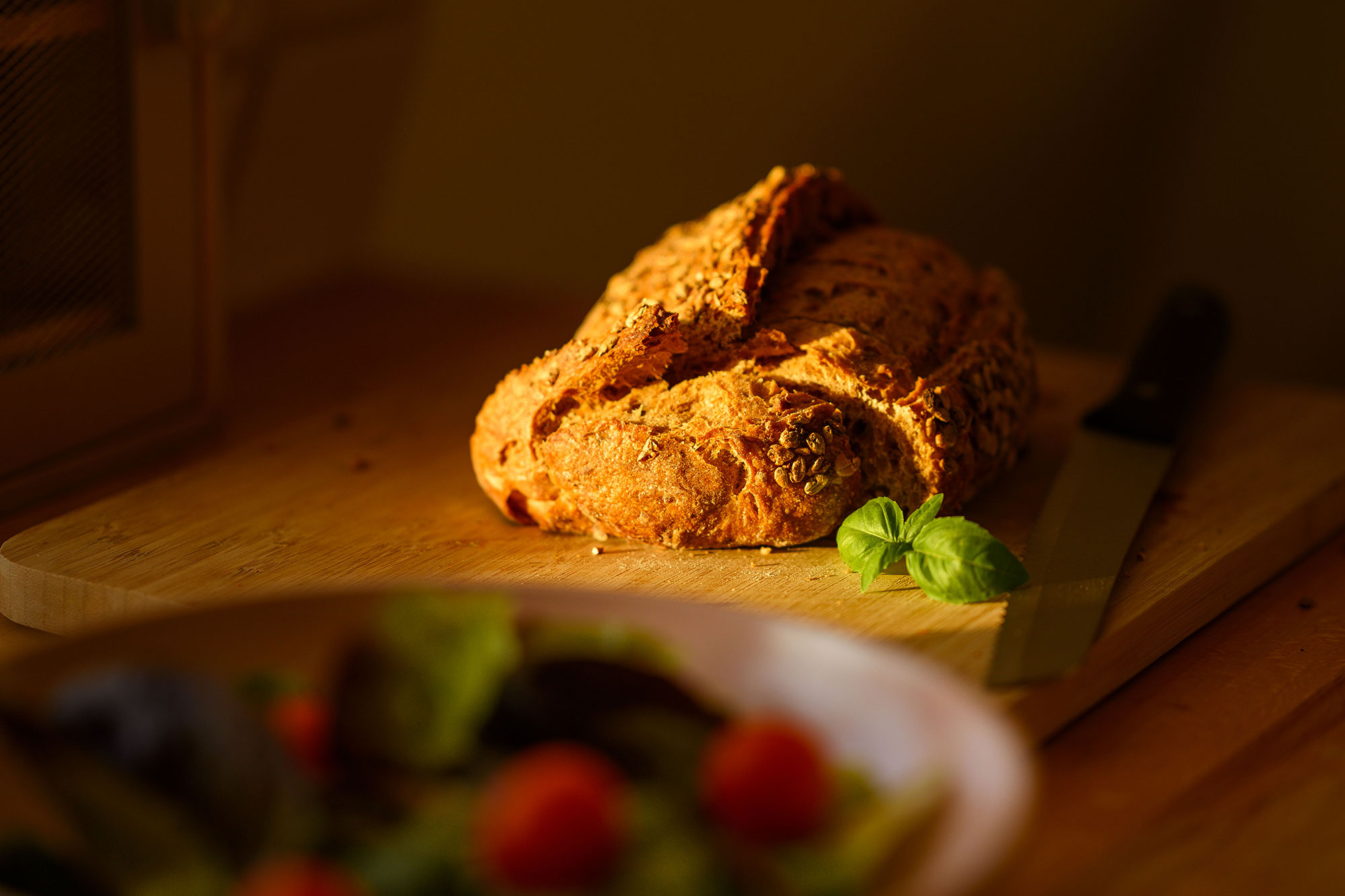
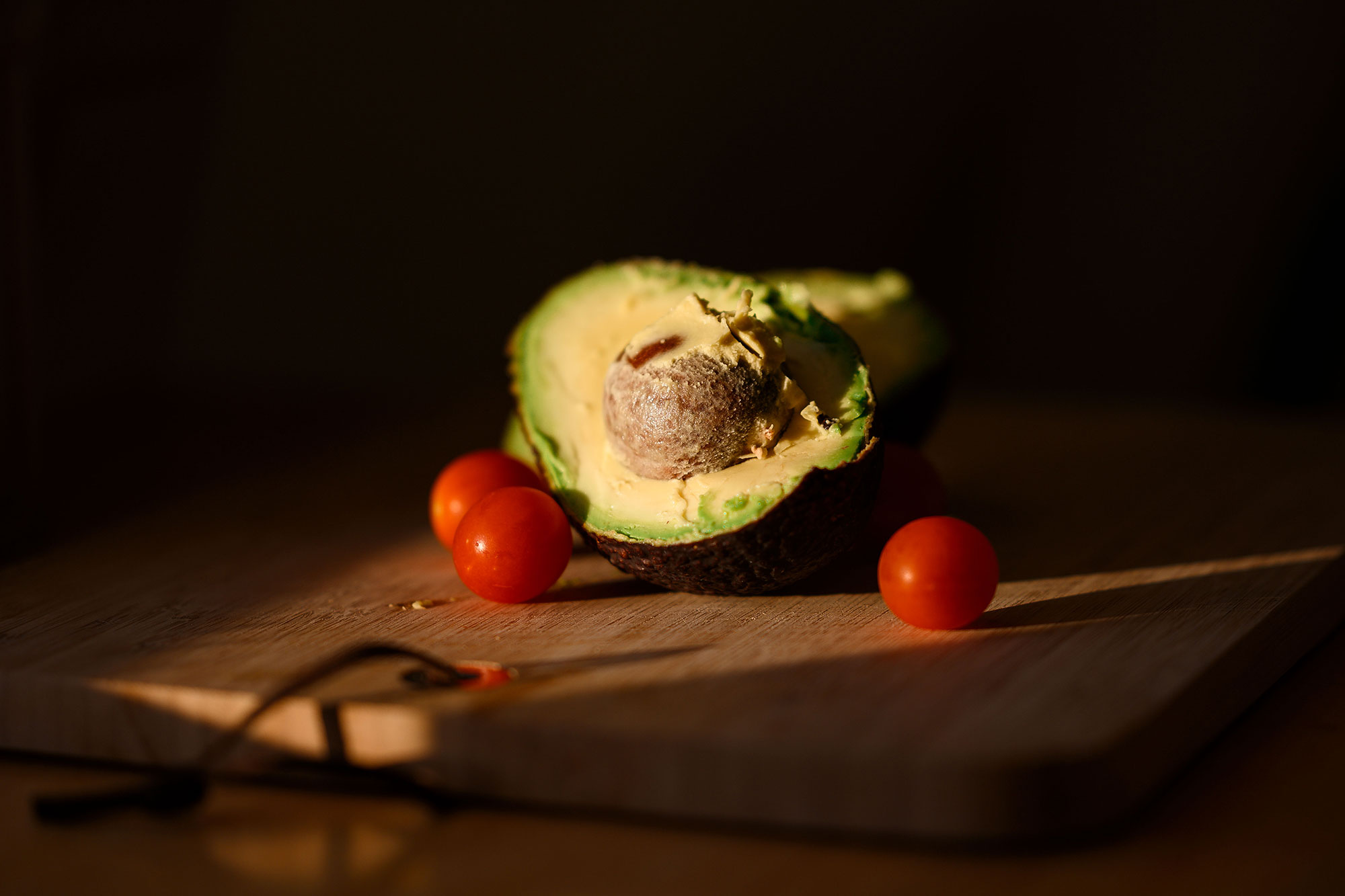
Features ★★★★★ | Like its 50mm sibling, this S-line lens doesn’t look anything special but packs strong features in terms of glass and coatings. |
Design ★★★★★ | It’s not overly compact for an 85mm f/1.8 prime but the optical path is quite complex and the lens is weather-sealed. |
Performance ★★★★★ | Perfect for portraiture, the combination of focal length and aperture helps to deliver superb sharpness and beautiful bokeh. |
Value ★★★★☆ | It’s pricey for an f/1.8 lens but at least it’s less than a third of the price of the Z 85mm f/1.2. |
Best telephoto lens for the Z7 II
Specifications
Reasons to buy
Reasons to avoid
Nikon’s top quality 70-200mm f/2.8 telephoto zoom doesn't come cheap, but it does set new standards for image quality and all-around performance. Indeed, it delivers fabulous performance in every respect. The autofocus system is highly responsive and accurate, while lens-shift VR delivers 5-stop effectiveness, even at 200mm. Sharpness is stunning from the center right out into the corners, even shooting at the widest aperture.
Nikon’s top-end telephotos are high-quality but don’t come cheap, and this is no exception. If you're after a more affordable option that's also more compact and lightweight, I'd recommend the Nikon Z 70-180mm f/2.8.
Read more: Nikon Z 70-200mm f/2.8 VR S review
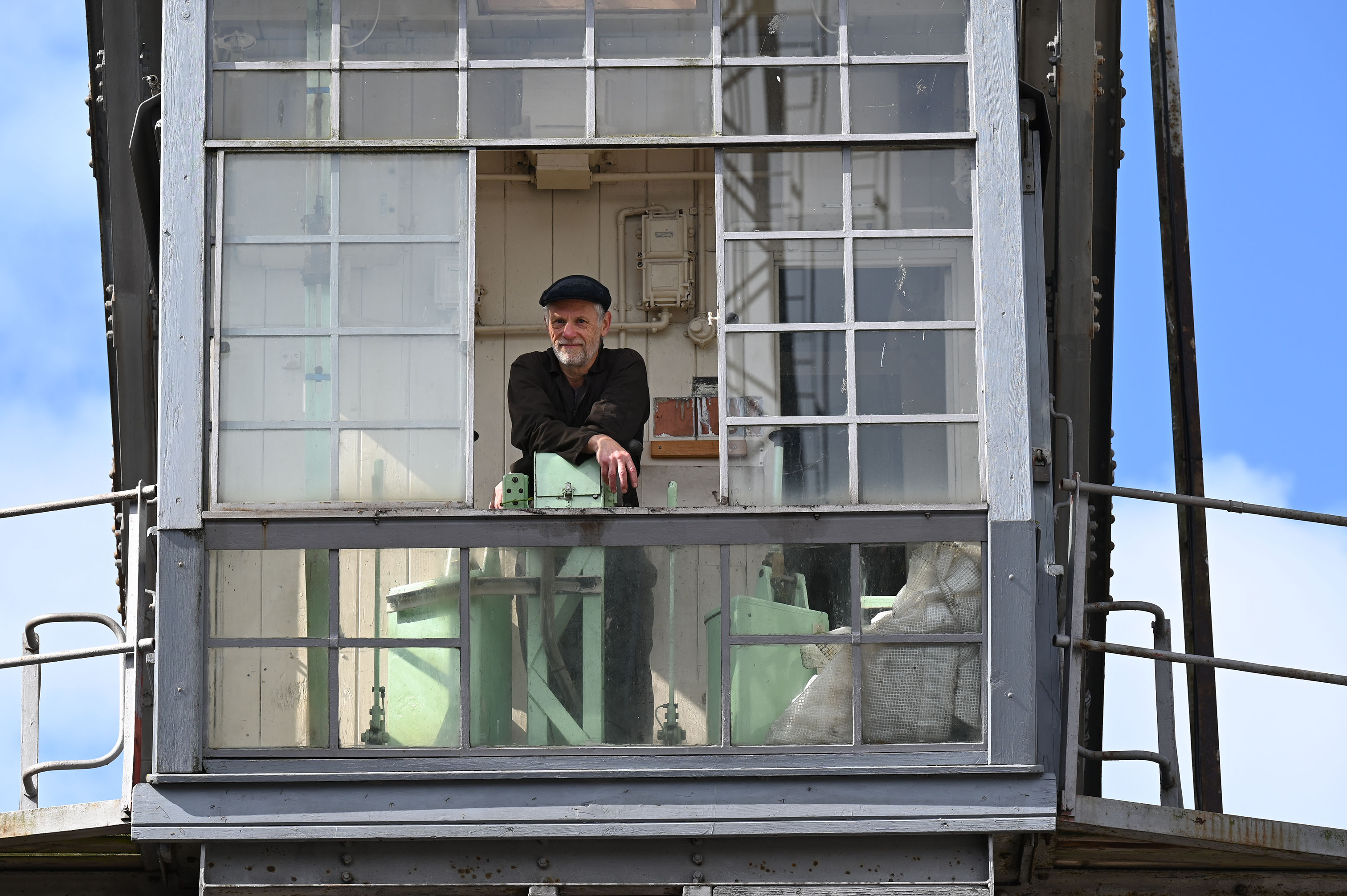
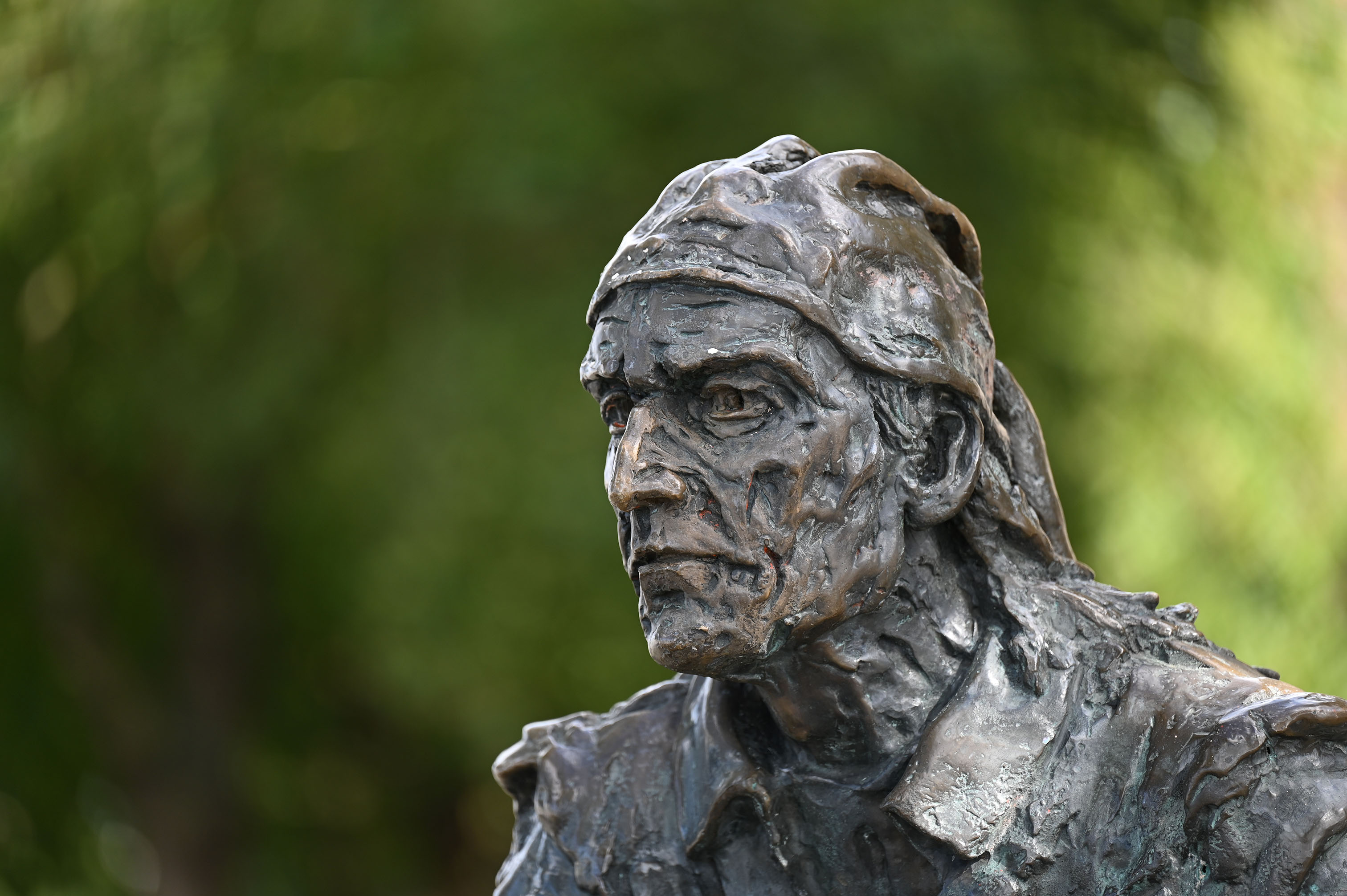

Features ★★★★★ | A packed feature list includes ED, SR and fluorite glass, L-fn buttons, customizable control rings and an OLED display. |
Design ★★★★★ | It’s designed and built as a fully pro-grade telephoto zoom, catering to the most demanding professional and enthusiast photographers. |
Performance ★★★★★ | Sharpness is scintillating, bokeh is beautiful, autofocus is super-fast and VR is highly effective. |
Value ★★★★☆ | Although very expensive, the lens is very good value for money, considering the features, design and performance. |
Best macro lens for the Z7 II
Specifications
Reasons to buy
Reasons to avoid
Nikon makes two macro lenses for its full-frame Nikon Z cameras. The cheaper option is the Nikon Z MC 50mm f/2.8, which would be fine for occasional close-up work, though macro specialists might find its short focal length and working distance a hindrance. Instead, I would recommend the Nikon Z 105mm f/2.8 MC as the best macro lens for the Nikon Z7 II and Z7.
It's not especially cheap – but it's not especially expensive either, given its stunning optical performance. It also has in-built VR, a multi-function OLED display and weather sealing, which could be especially useful for outdoor nature photography. If you use your Nikon Z7-series camera for close-up and macro work, this is the lens for the job.
Read more: Nikon Z MC 105mm f/2.8 VR S review

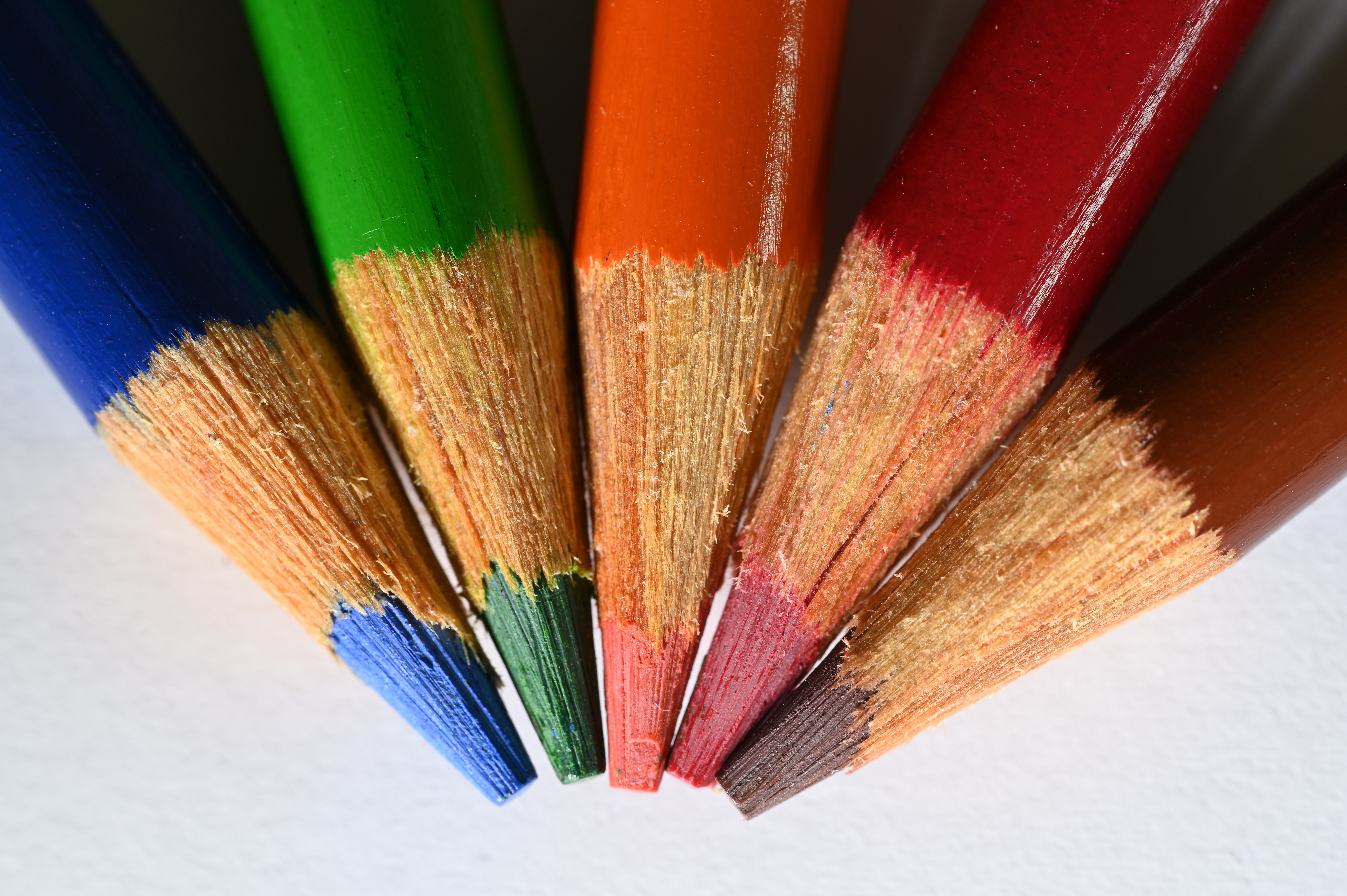
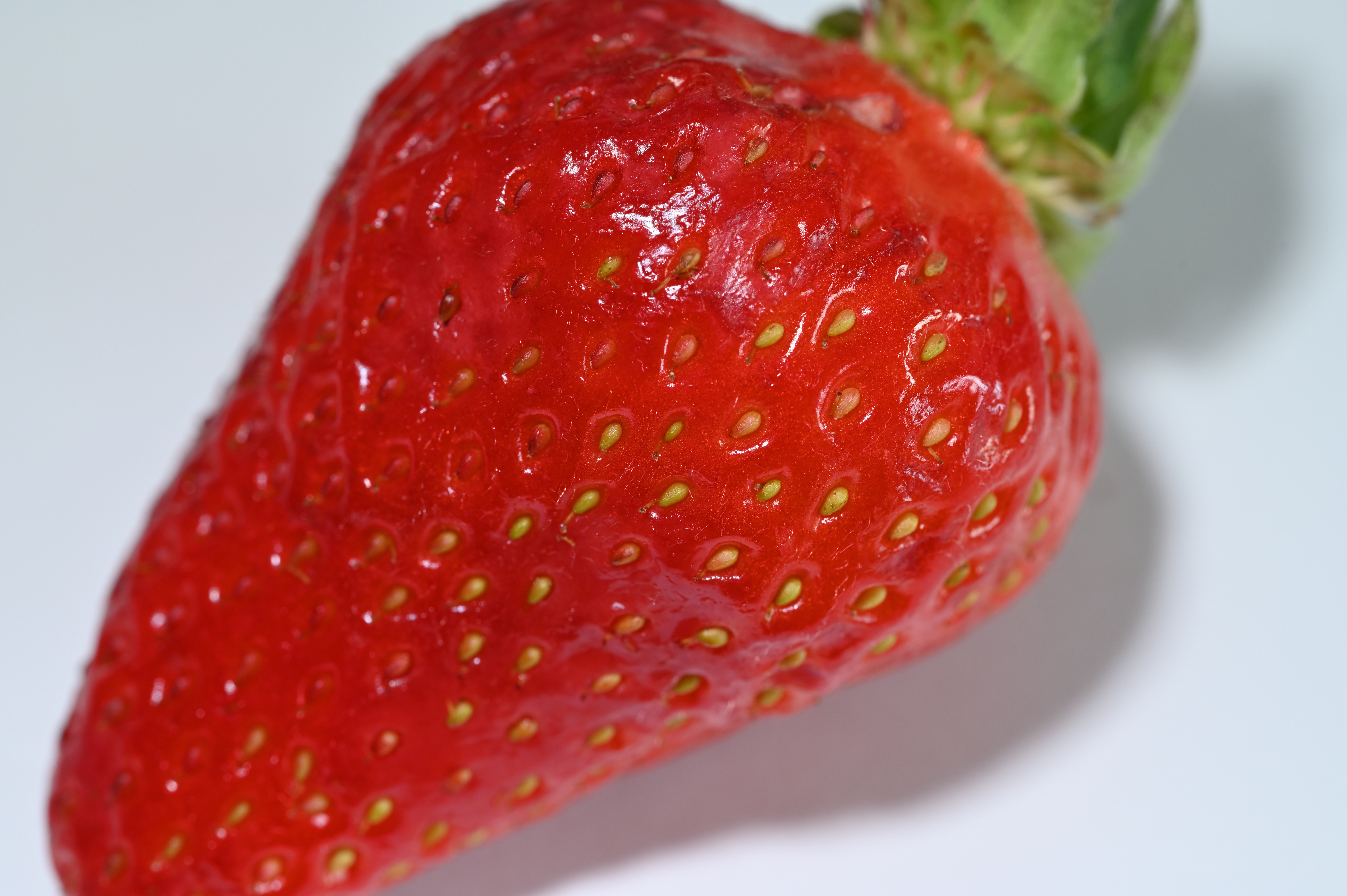
Features ★★★★★ | Top-notch features include a customizable function button and multi-mode OLED info display panel. |
Design ★★★★★ | Build quality and handling are fully pro-grade, with plentiful weather-seals and an additional customizable control ring. |
Performance ★★★★★ | Image quality is flawless for extreme close-ups at up to 1.0x magnification, as well as for portraiture and still life photography. |
Value ★★★★★ | It’s certainly not a cheap lens but it’s nevertheless excellent value for an own-brand Nikon lens of this quality and performance. |
Lab data and comparisons
The graphs below show the comparative performance of the lenses in this guide, based on our in-house lab tests. The prime lenses lead the way for sharpness in this group, although the zooms also do very well on the whole, especially the Nikon Z 70-200mm f/2.8 VR S. Color fringing and distortion are well controlled on the whole, and automatic in-camera correction is available for these aberrations anyway, which often can’t be disabled.
Scores for sharpness and color fringing are averaged from data taken across the entire image frame, from the center to the edges and corners, throughout the aperture range. For zoom lenses, the scores are also averaged from data measured at all marked focal lengths, and the same applies to distortion. Bear in mind that these average values don't fully reflect specific areas of performance. For example, a zoom lens might have noticeable barrel and pincushion distortion at its shortest and longest focal lengths, respectively, which tends to average out when looking at the data overall. For more detailed graphs of each lens's performance, which give the full picture, check out the graphs in our full standalone lens reviews.
How to choose the best lens for the Nikon Z7 II
Which lenses fit Nikon Z7-series cameras?
The Z7 II (and Z7) uses the Nikon Z mount and is compatible with all lenses designed for that mount. Nikon’s own Z-mount lenses all have Z at the start of their model names.
Some Z-mount lenses are designed for use with APS-C format cameras rather than full-frame cameras such as the Z7 II. Nikon lenses that fall into this category have DX as part of their model names. While they physically fit on the Z7 II, these lenses produce a cropped image, so they’re not ideal. None of the lenses in this guide is a DX-format lens.
If you are buying a third-party lens for the Z7 II, always check that it is designed for full-frame (or FX) Nikon Z cameras, rather than APS-C (or DX) Nikons.
The Z7 II is also able to use F-mount lenses, which are made for use with Nikon’s DSLR cameras. For this, you need an adaptor such as the Nikon Mount Adapter FTZ II. The idea is that owners of older DLSR cameras can buy a Z camera and still use their old lenses.
How do I know which lens to get?
The reason there are so many types of lens in the first place is that different scenes demand different lens designs, particularly when it comes to focal length and aperture rating.
Usually, you will decide what you want to photograph, then get a lens with the focal length that suits the situation. For example, to shoot landscapes you will need a wide-angle lens, while for sports and wildlife you will need a telephoto.
You can watch this video that explains focal length: it helps you work out what kind of lenses you need for different genres of photography.
How we test lenses
The lens experts in our testing lab run a range of tests under controlled conditions, using the Imatest Master testing suite. Photos of test charts are taken across the range of apertures and zooms (where available), then analyzed for sharpness, distortion and chromatic aberrations.
We use Imatest SFR (spatial frequency response) charts and analysis software to plot lens resolution at the centre of the image frame, corners and mid-point distances, across the range of aperture settings and, with zoom lenses, at four different focal lengths.
There's more to it than just the technical side, though! Beyond the lab, our reviewers test lenses in real-world environments – and sometimes on professional shoots! We work with lenses both indoors and outdoors, in studio conditions and in natural light, with as many different subjects as is possible (or appropriate – there's no point testing a landscape lens' ability to shoot a portrait!).
We take into account everything from handling and ease of use to speed of autofocus and the overall quality of the images produced.
Find out more about how we test and review on Digital Camera World
The best camera deals, reviews, product advice, and unmissable photography news, direct to your inbox!

Rod is an independent photography journalist and editor, and a long-standing Digital Camera World contributor, having previously worked as DCW's Group Reviews editor. Before that he has been technique editor on N-Photo, Head of Testing for the photography division and Camera Channel editor on TechRadar, as well as contributing to many other publications. He has been writing about photography technique, photo editing and digital cameras since they first appeared, and before that began his career writing about film photography. He has used and reviewed practically every interchangeable lens camera launched in the past 20 years, from entry-level DSLRs to medium format cameras, together with lenses, tripods, gimbals, light meters, camera bags and more. Rod has his own camera gear blog at fotovolo.com but also writes about photo-editing applications and techniques at lifeafterphotoshop.com
